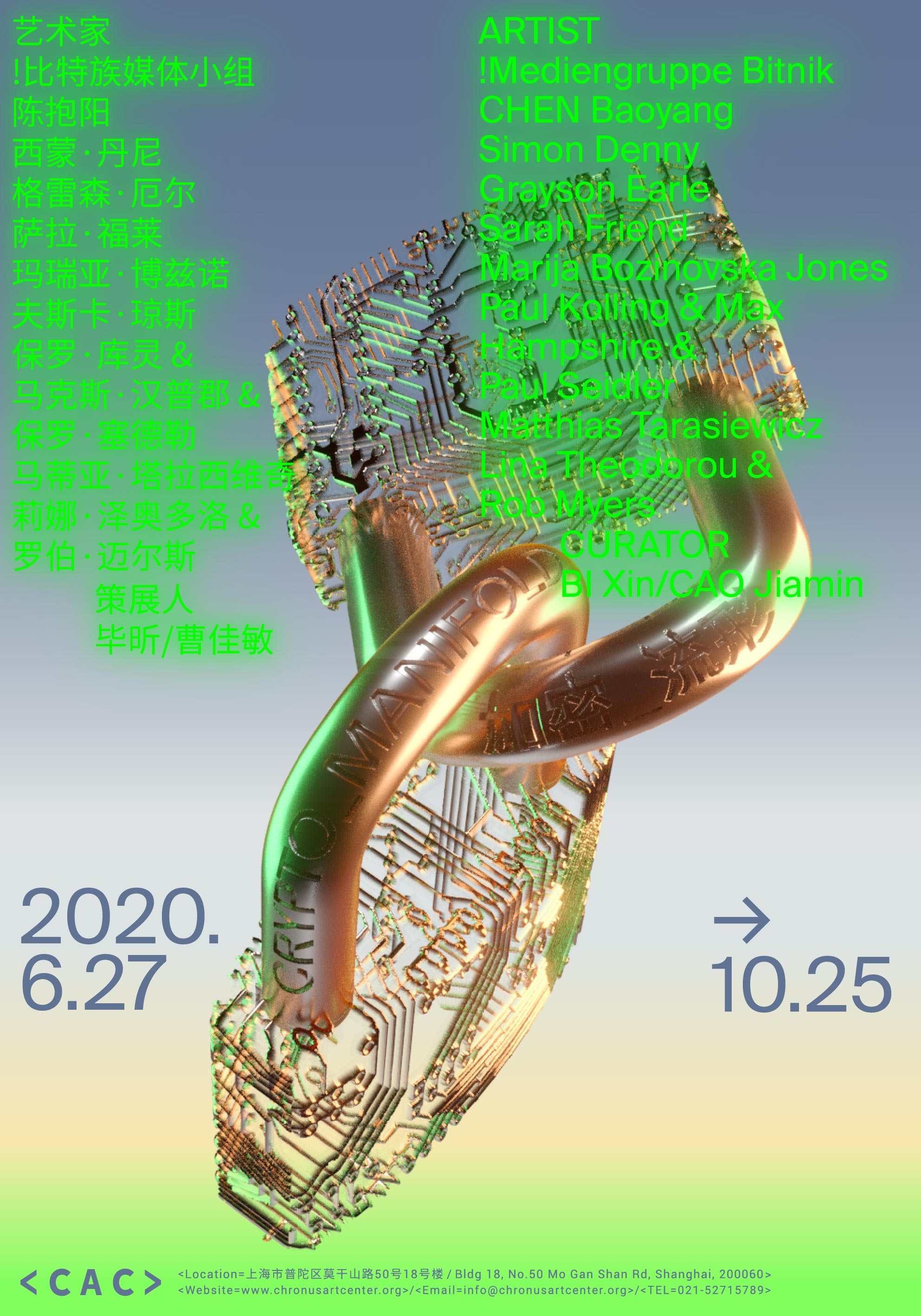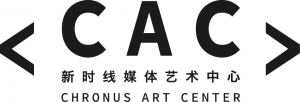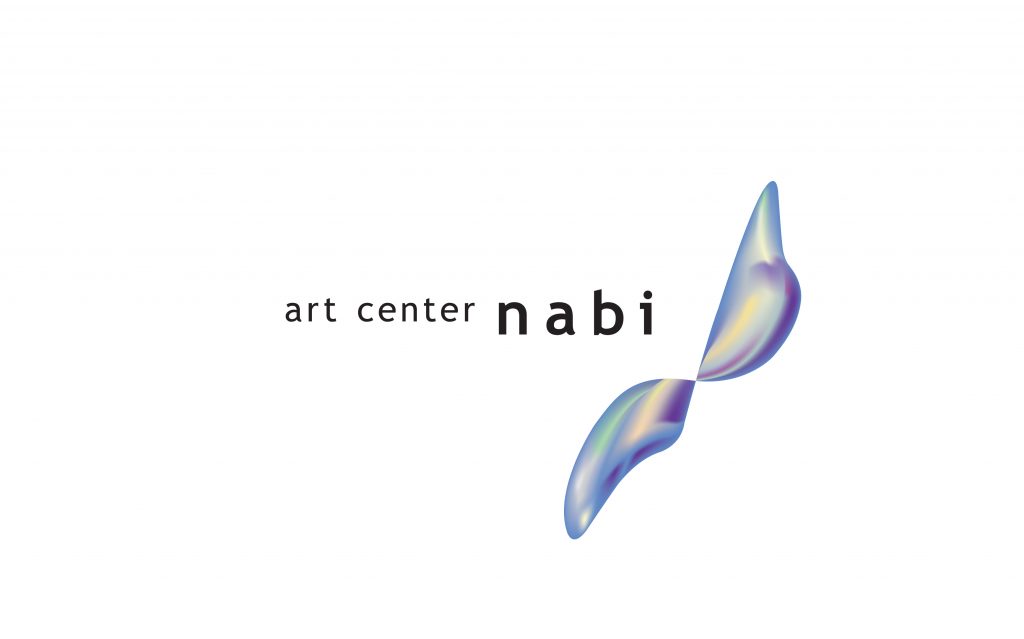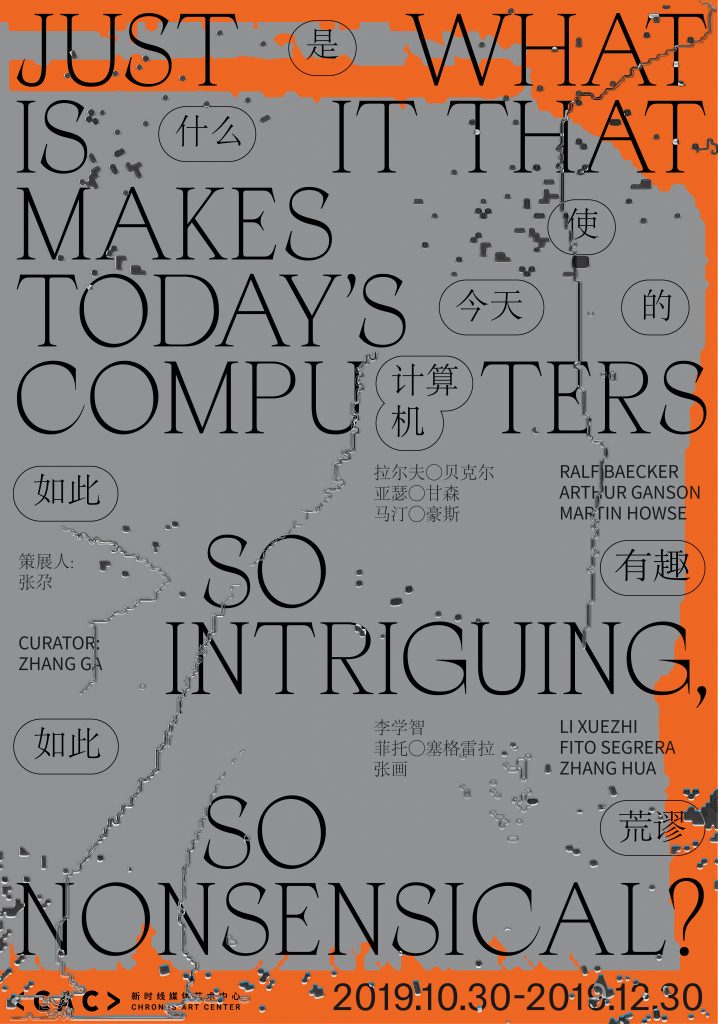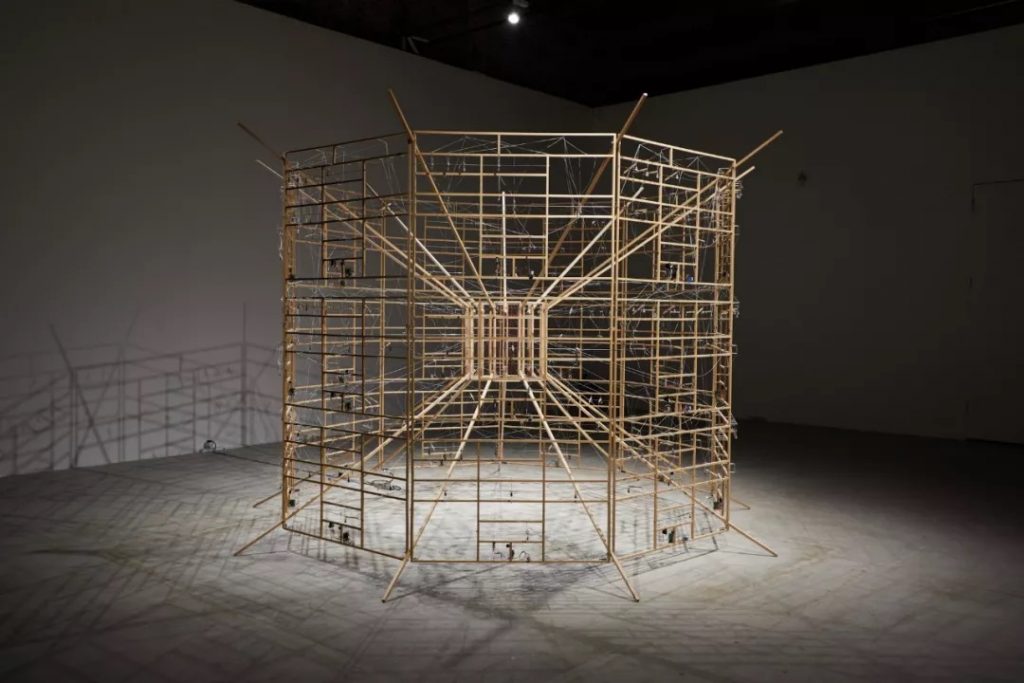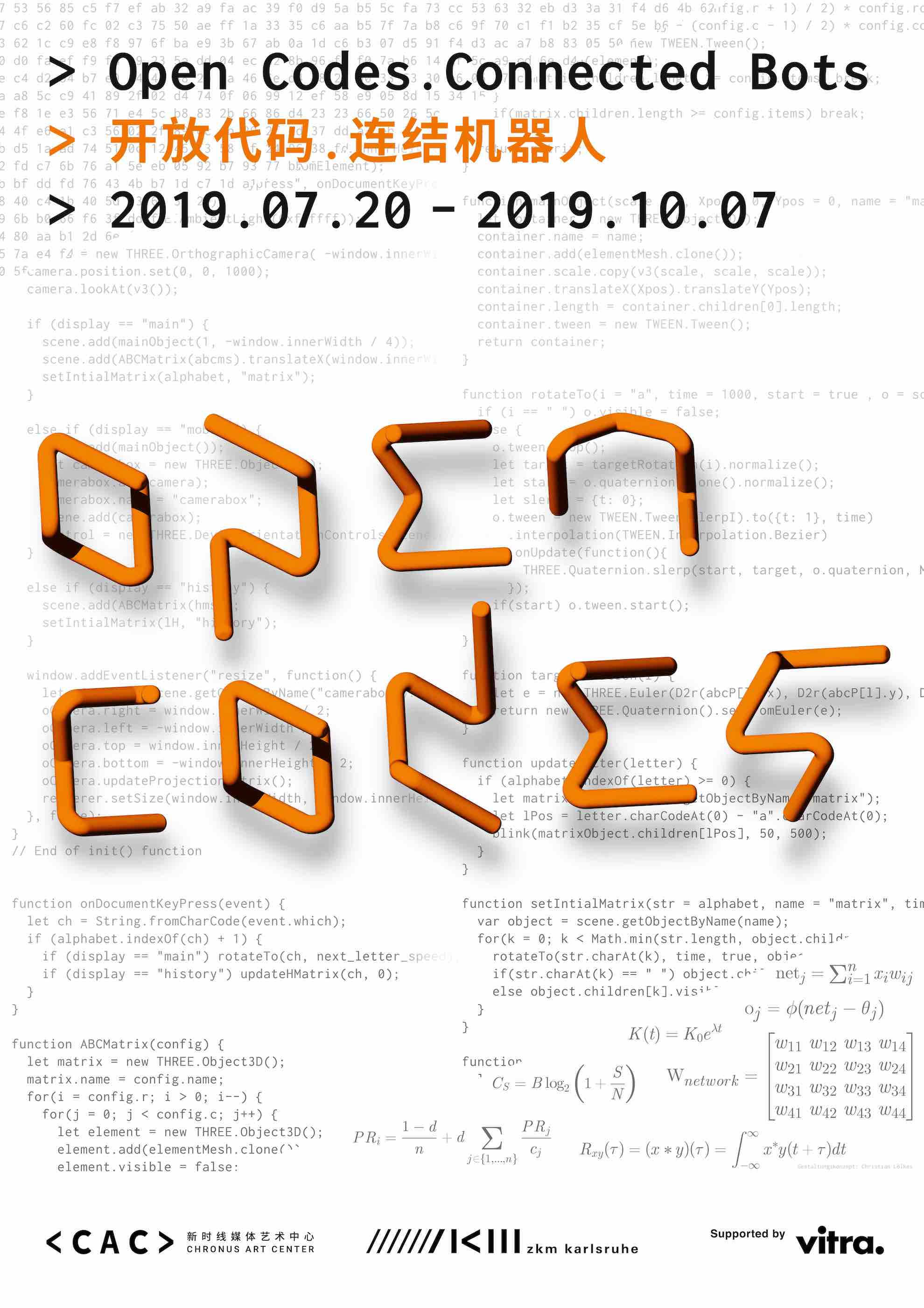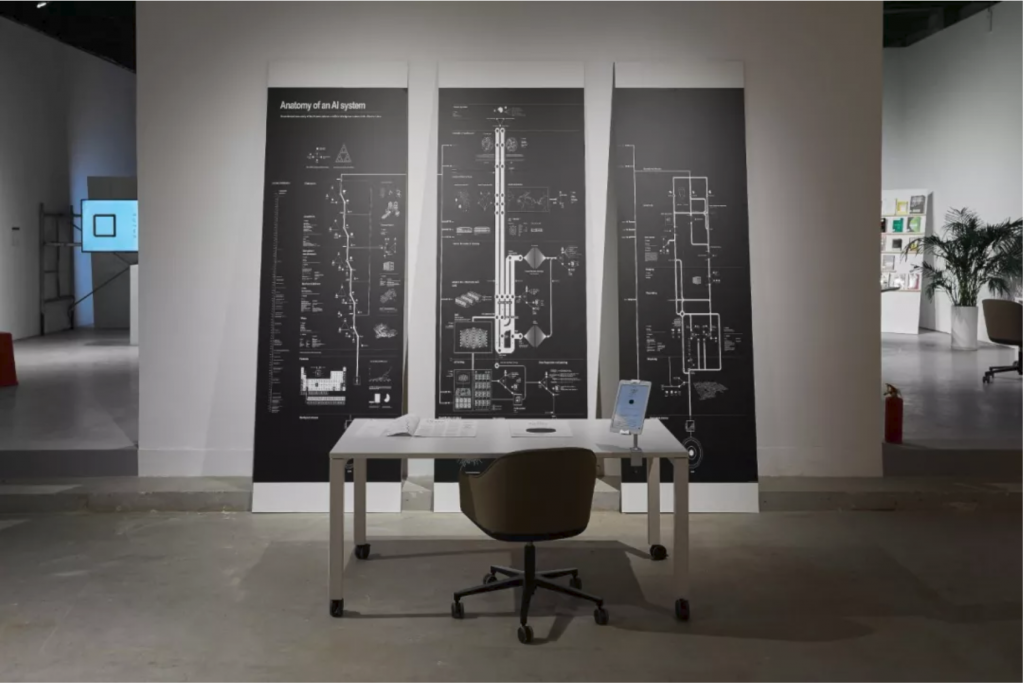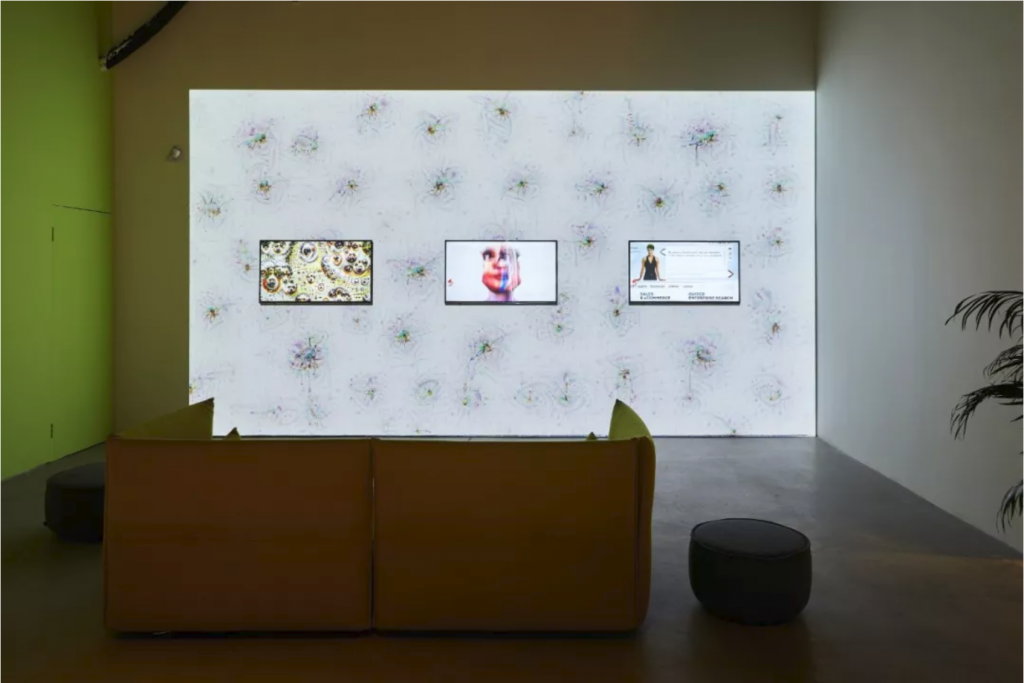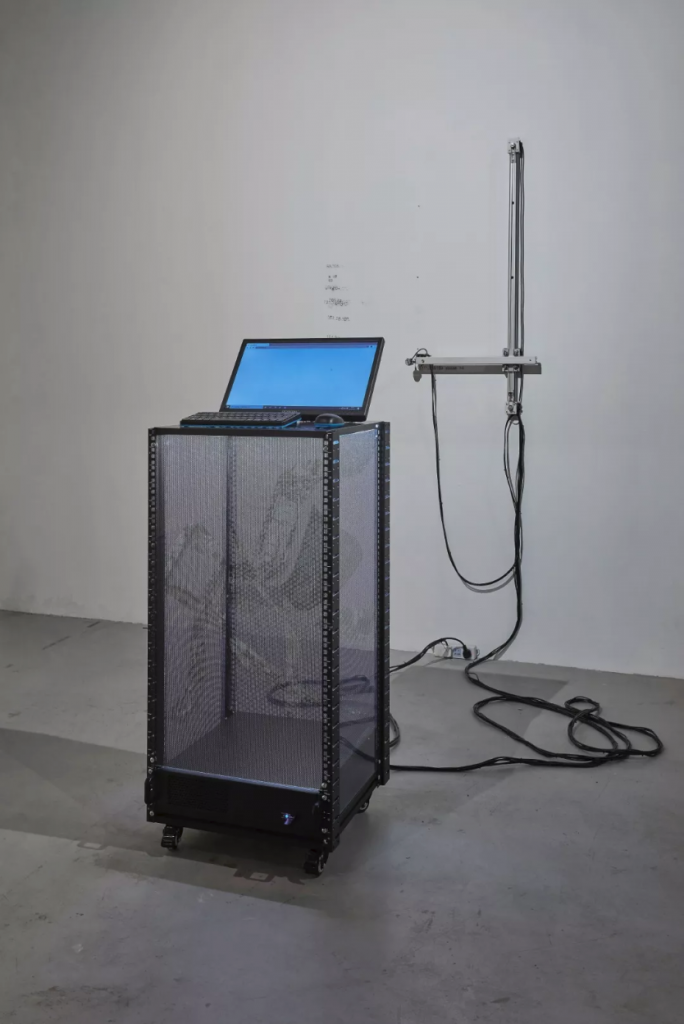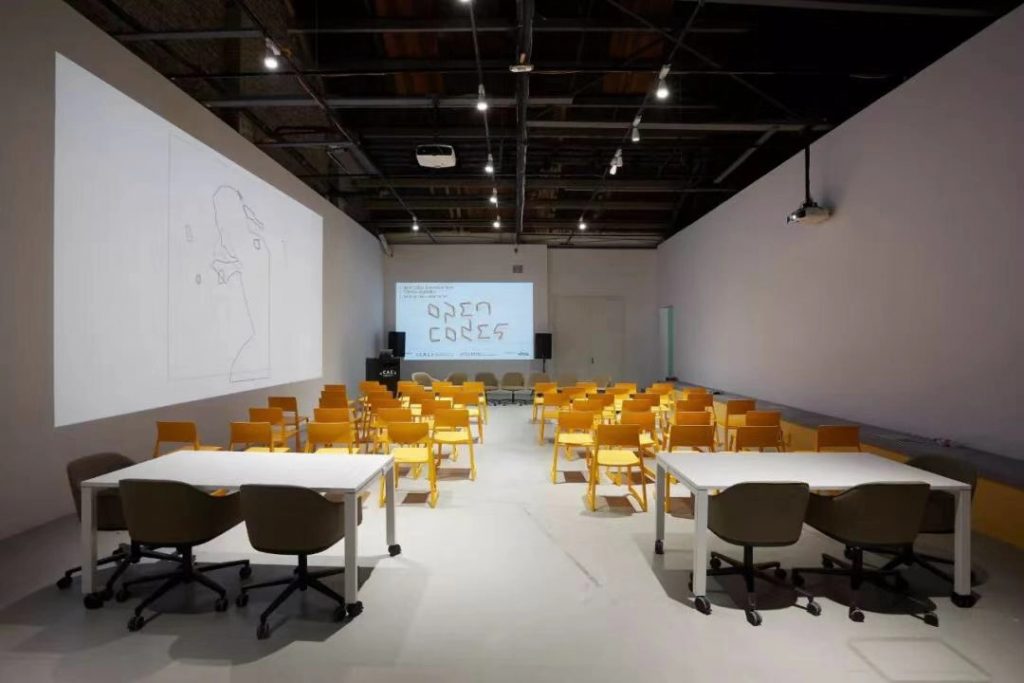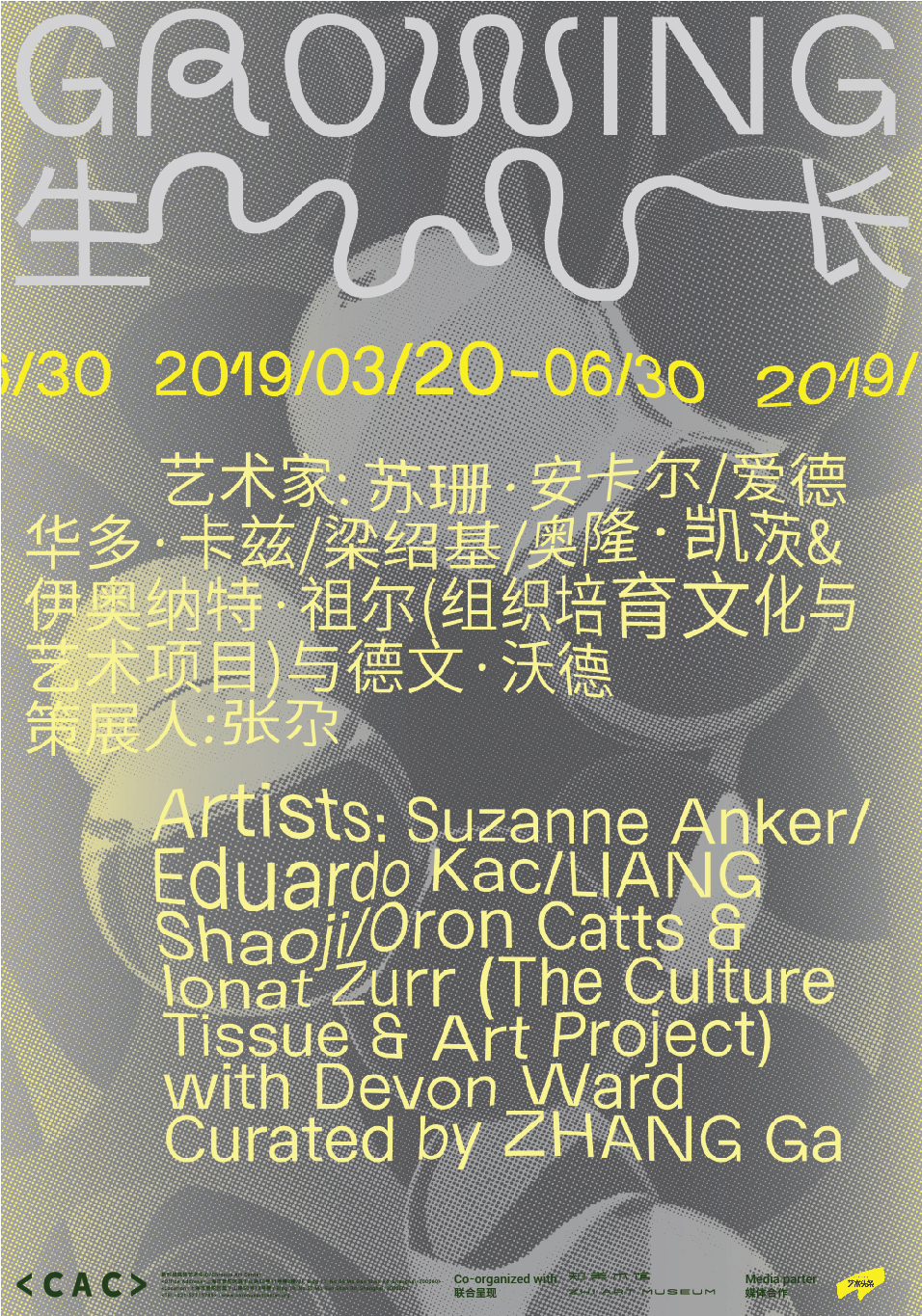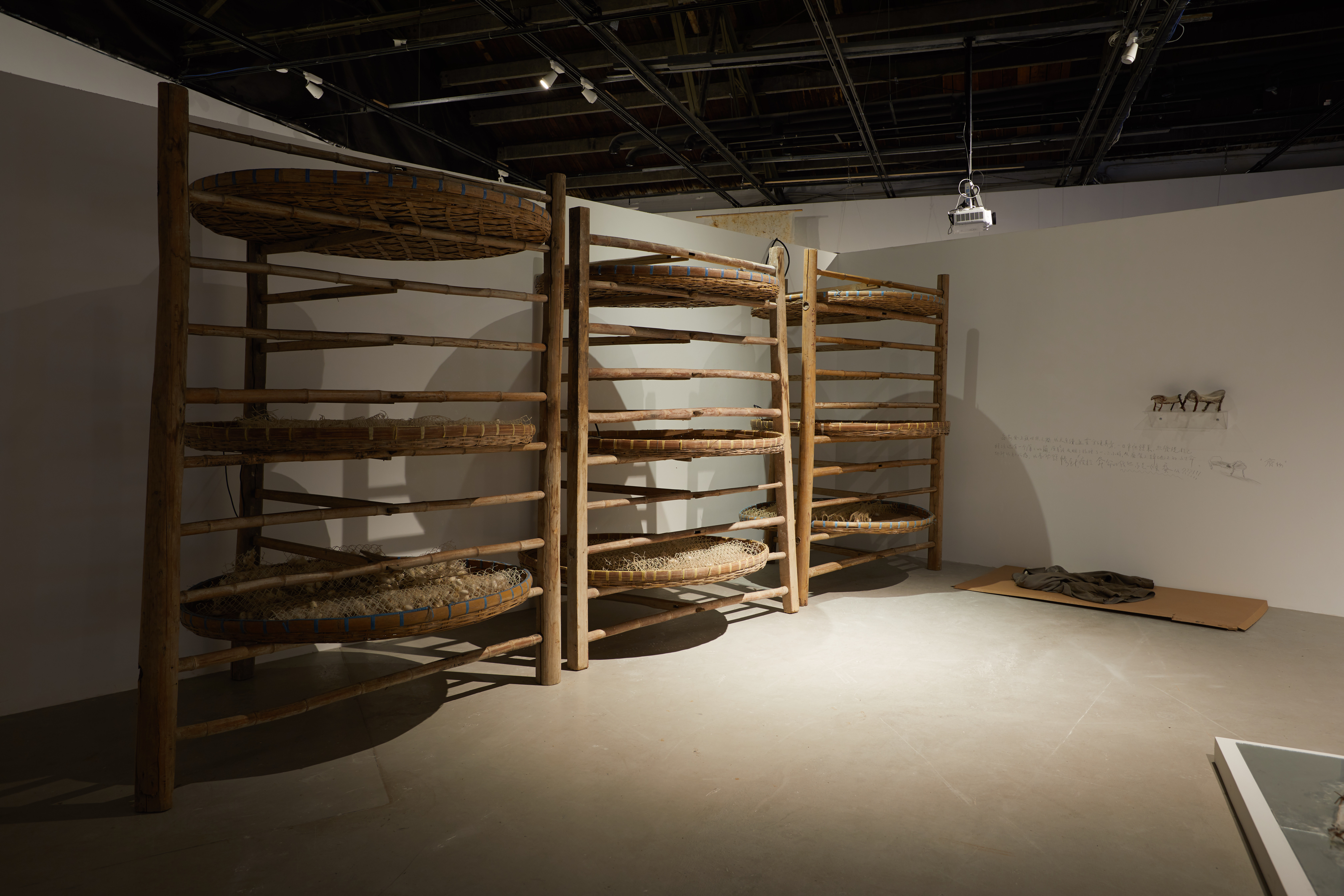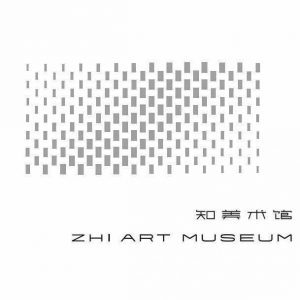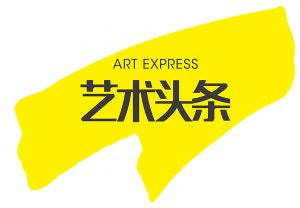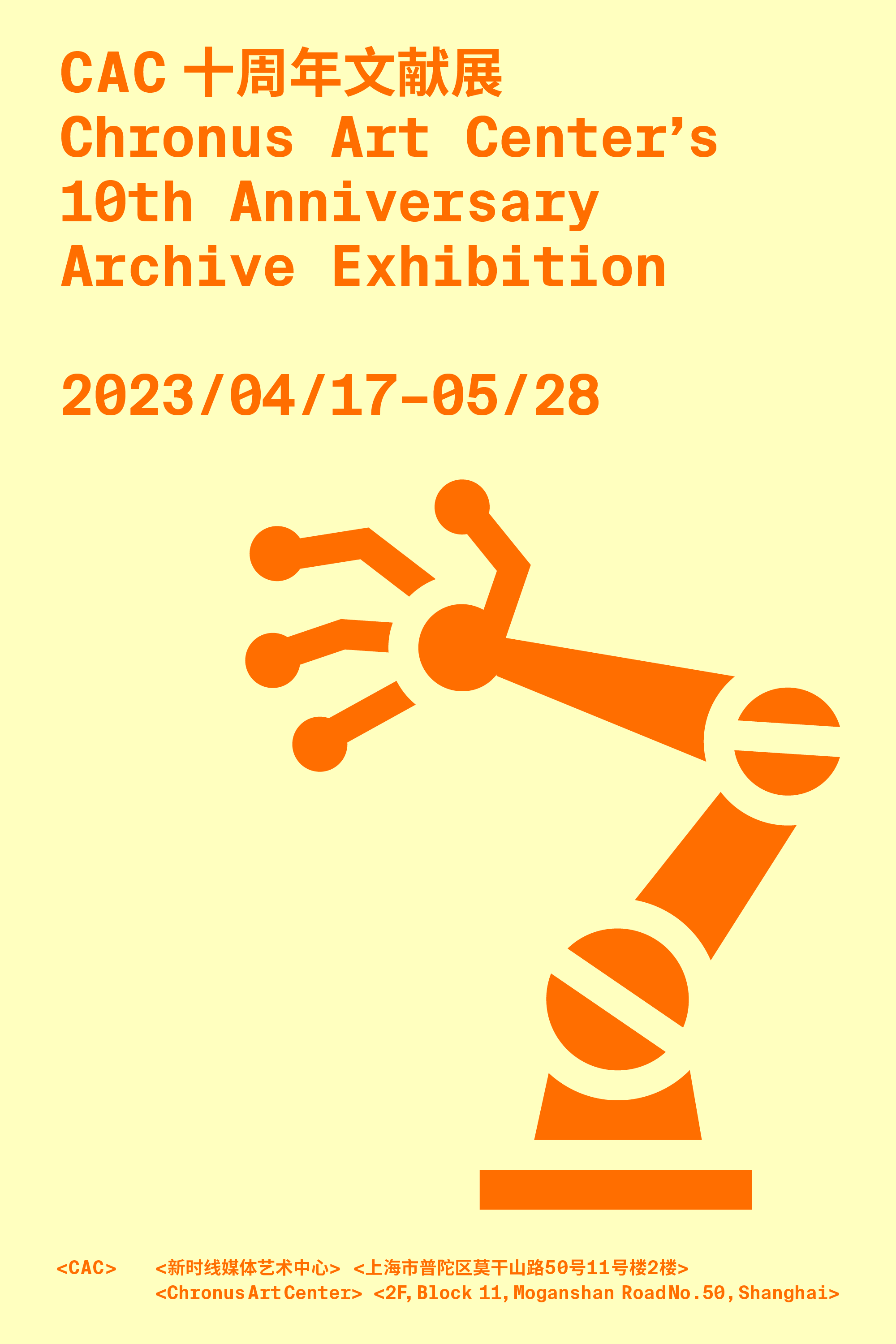
To mark our tenth anniversary, the Chronus Art Center (CAC) is pleased to present in its new space an exhibition featuring archives and documentations that trace CAC’s decade-long trajectory of research and practice. The exhibition is on view from April 17 – May 28, 2023.
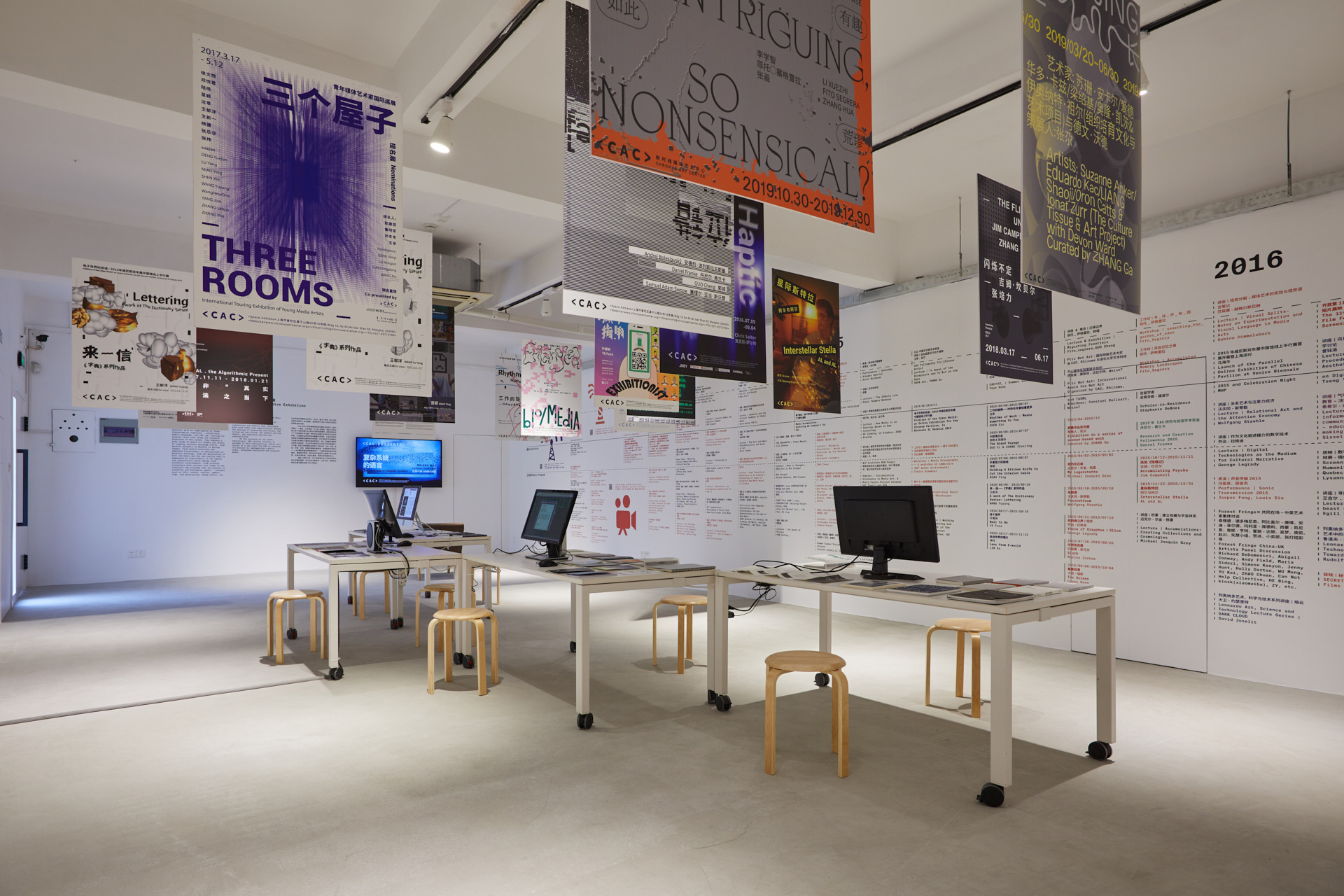
In this overview CAC's past projects are highlighted on three chronological timelines - exhibitions, public programs, and CAC Lab, teasing out several clues that shape the research direction of the center. They address a wide range of media art themes and attest to ongoing cultural paradigm shifts. From machine dynamics to fluidity in moving images, from hybrid realities and embodied technologies to speculations on machinic ontology, from the materiality of bits and bytes and the new reality that is empowered by algorithmics to the agency and subjectivity which emerge from artificial intelligence, from visceral encounters with various life forms to the intellect and autonomy that are present in artificial and biological agents – concepts such as life, nature, reality, umwelt, time, and materiality, among others, are being questioned and deviating from their traditional semantics. Many of the projects developed by CAC point to an entangled worldview, consisting of connections and effects that intertwine with each other with agentialities beyond the dualism of technology and nature, the living and non-living, the subject and the object, and substance and the non-substantiated.
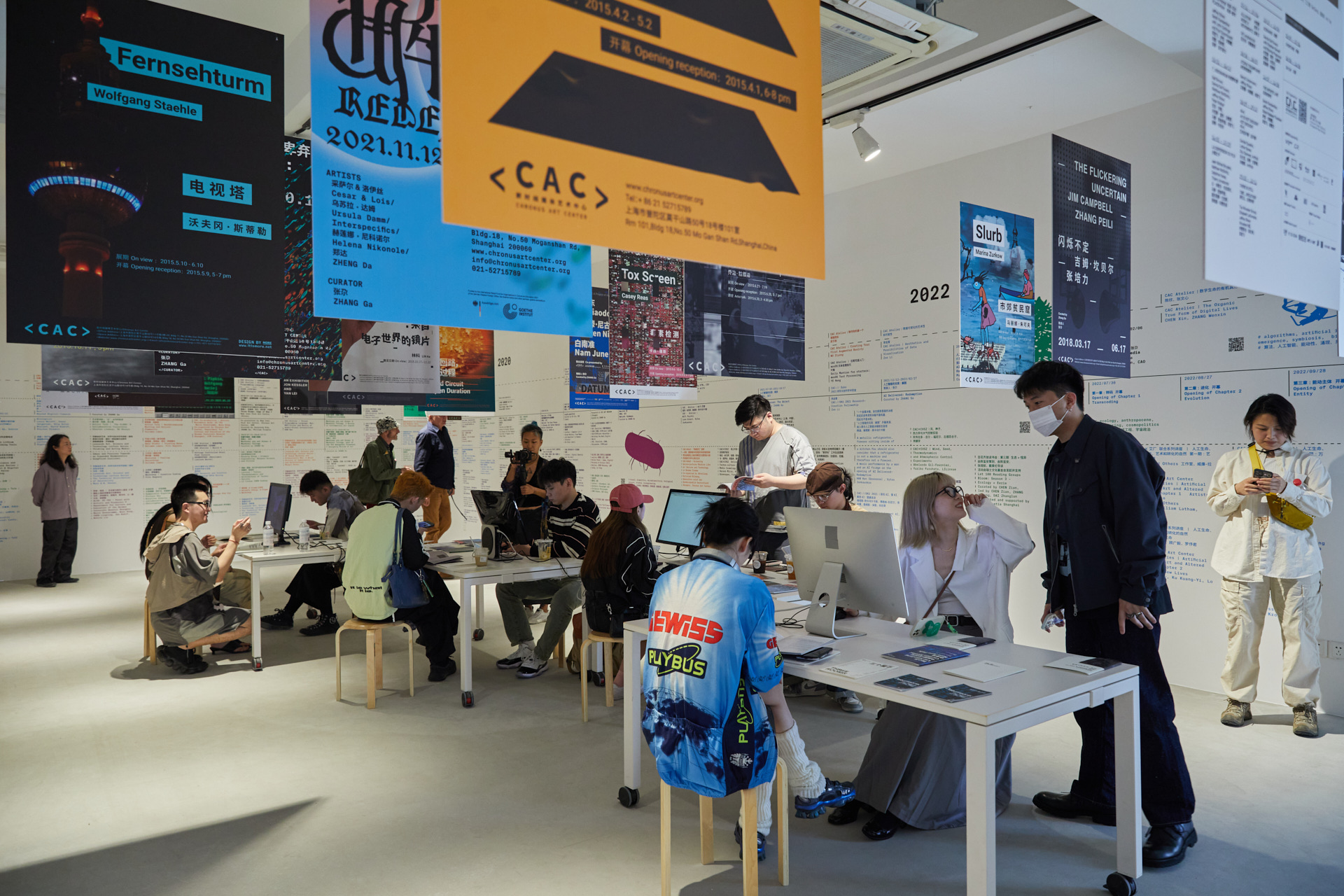
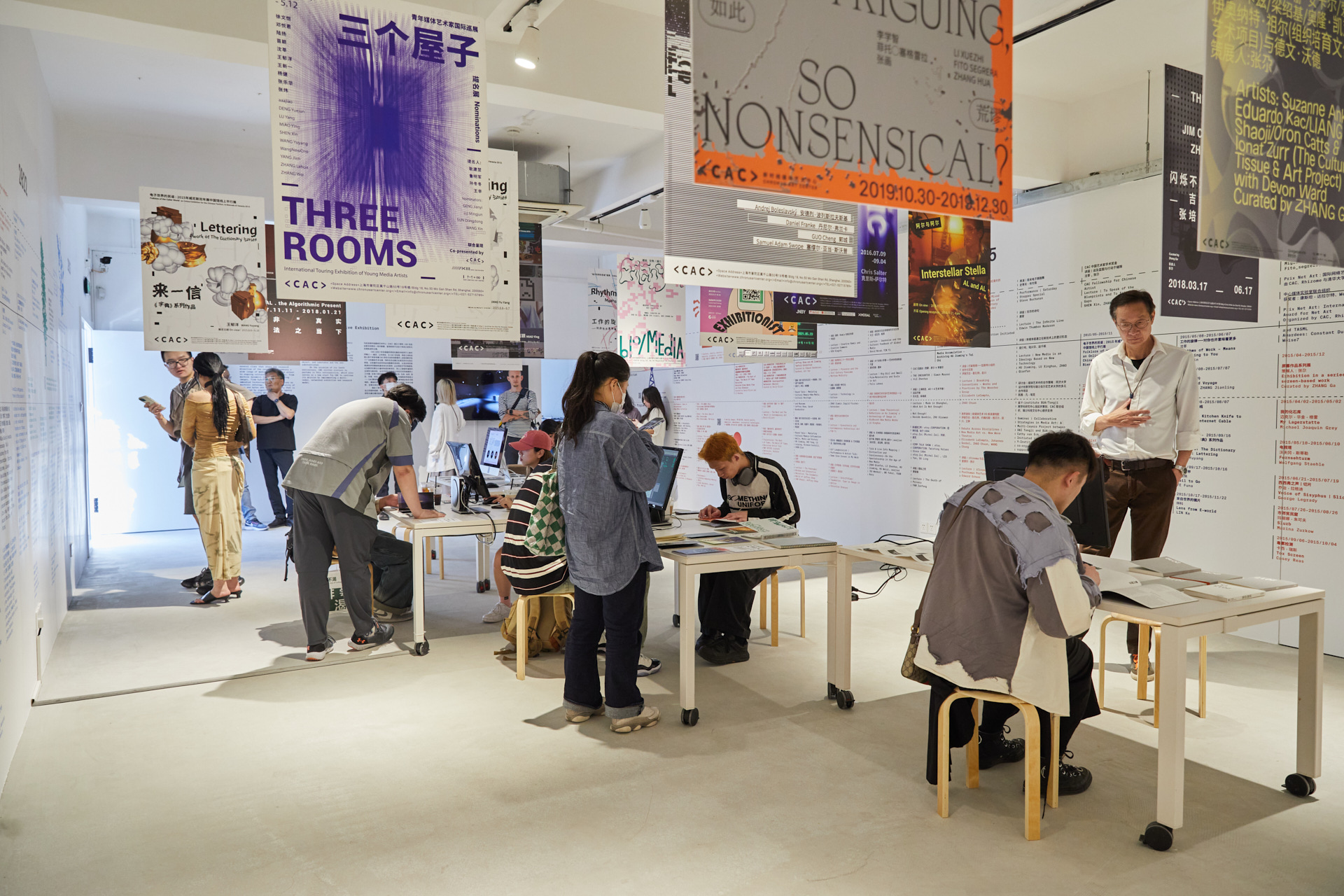
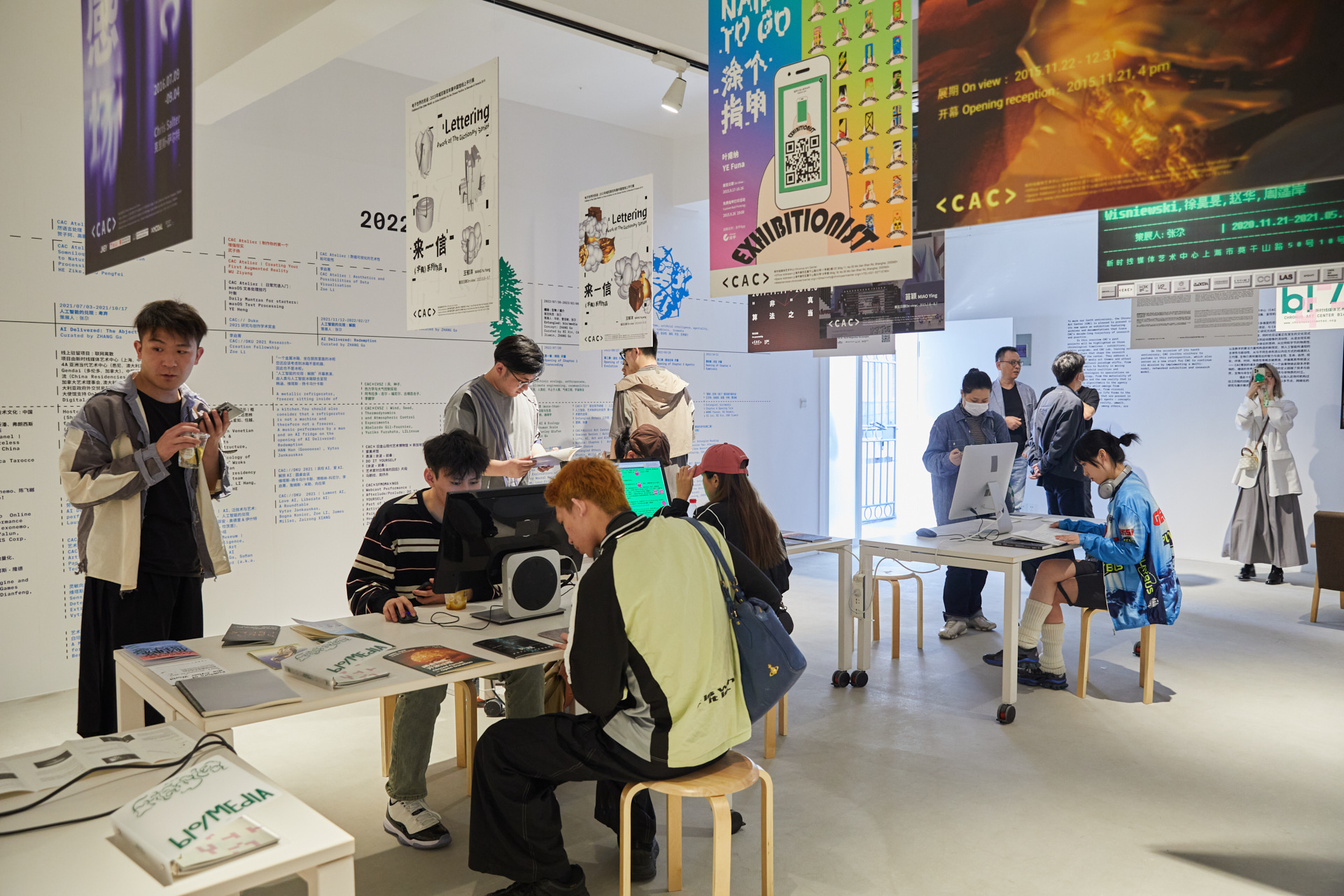
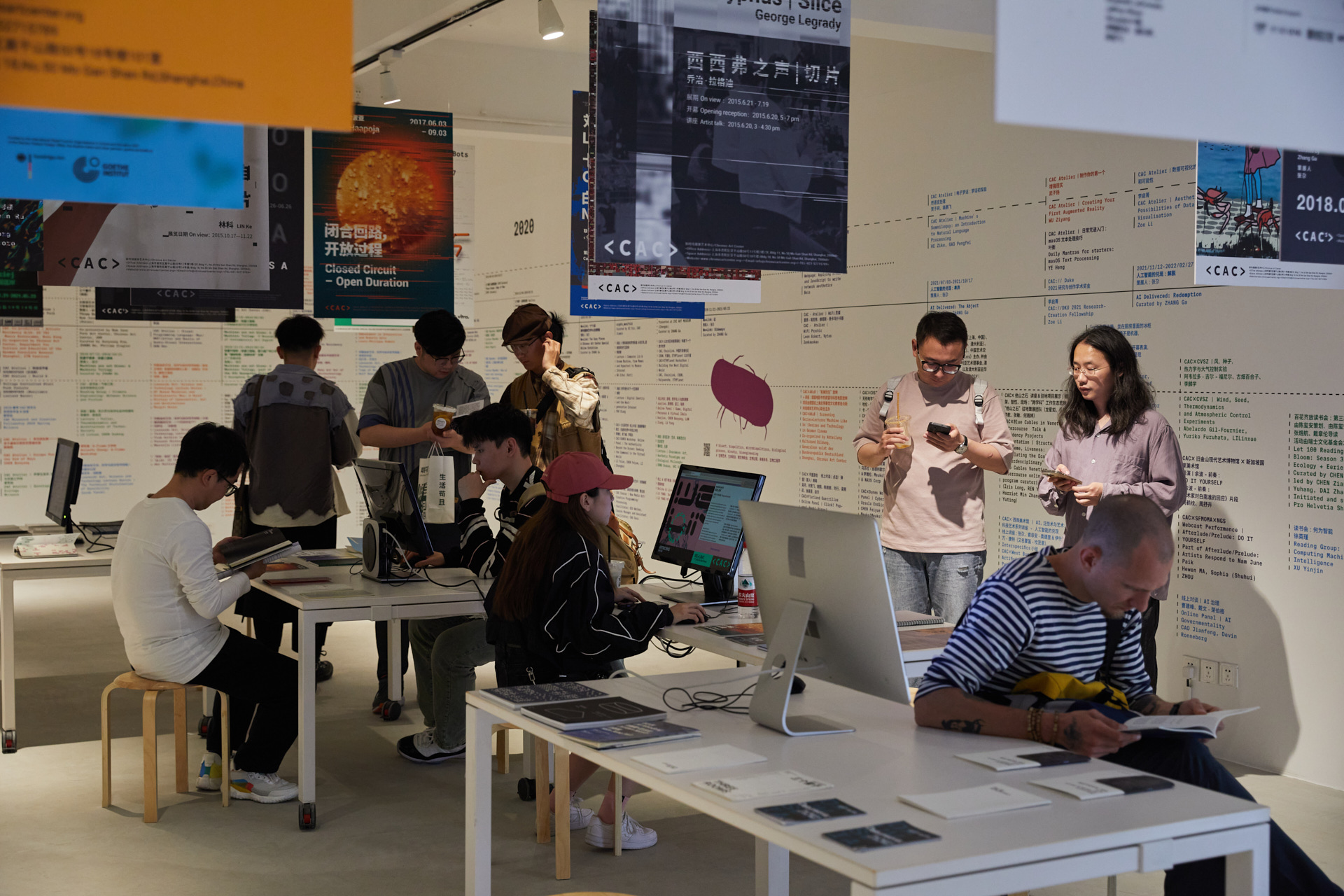
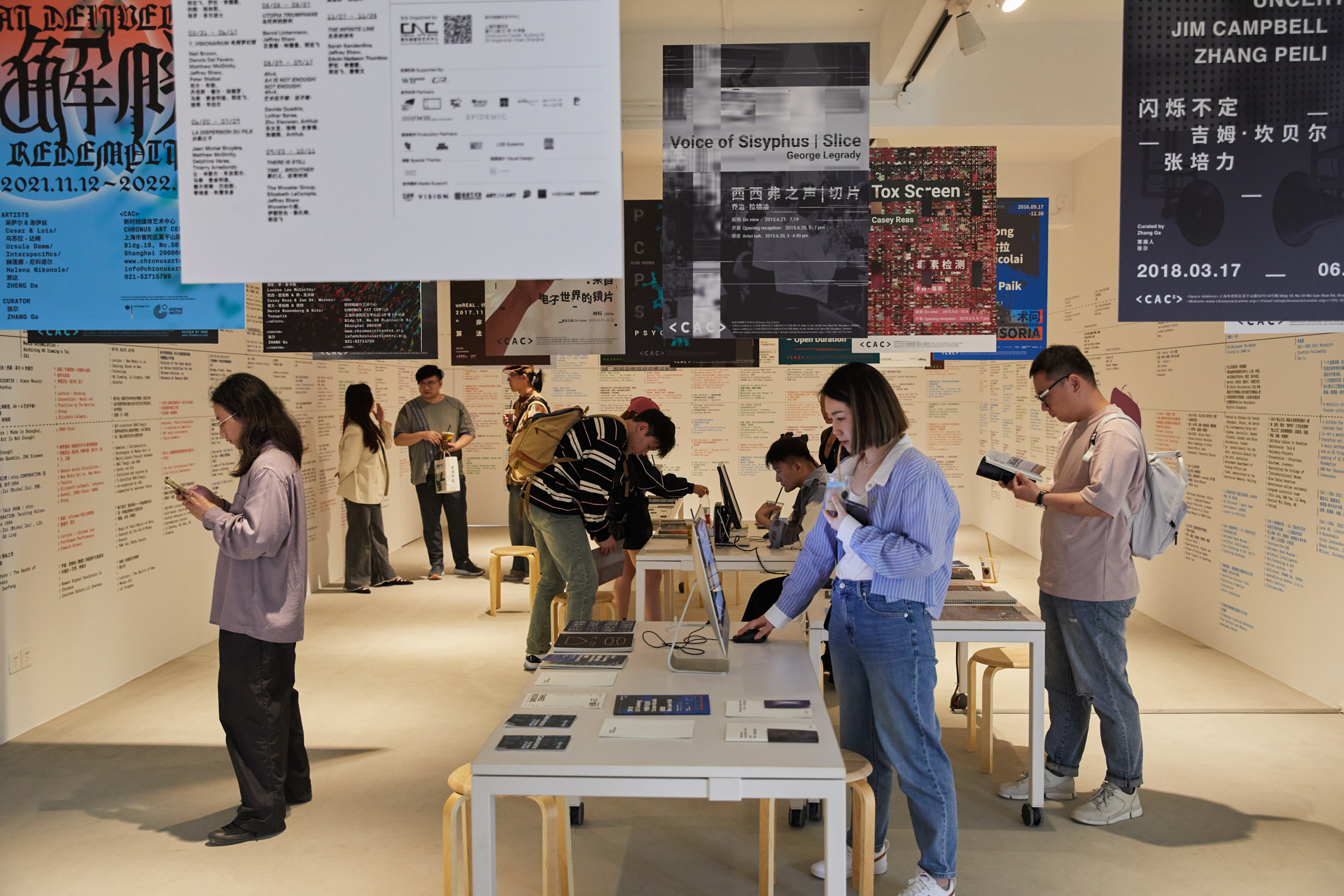
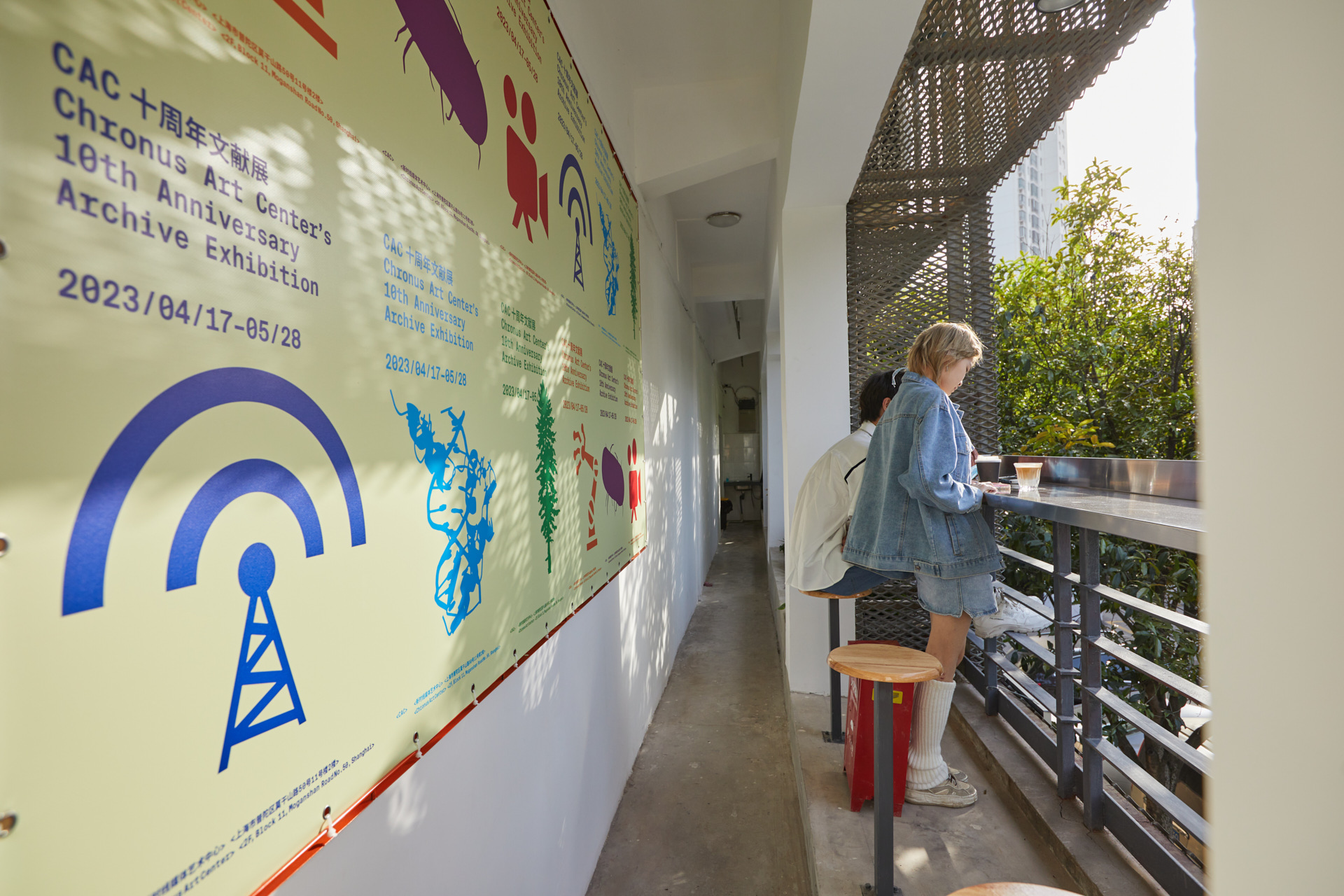
Photography: ZHONG Han
The following trajectories characterize CAC’s practices in the past ten years:
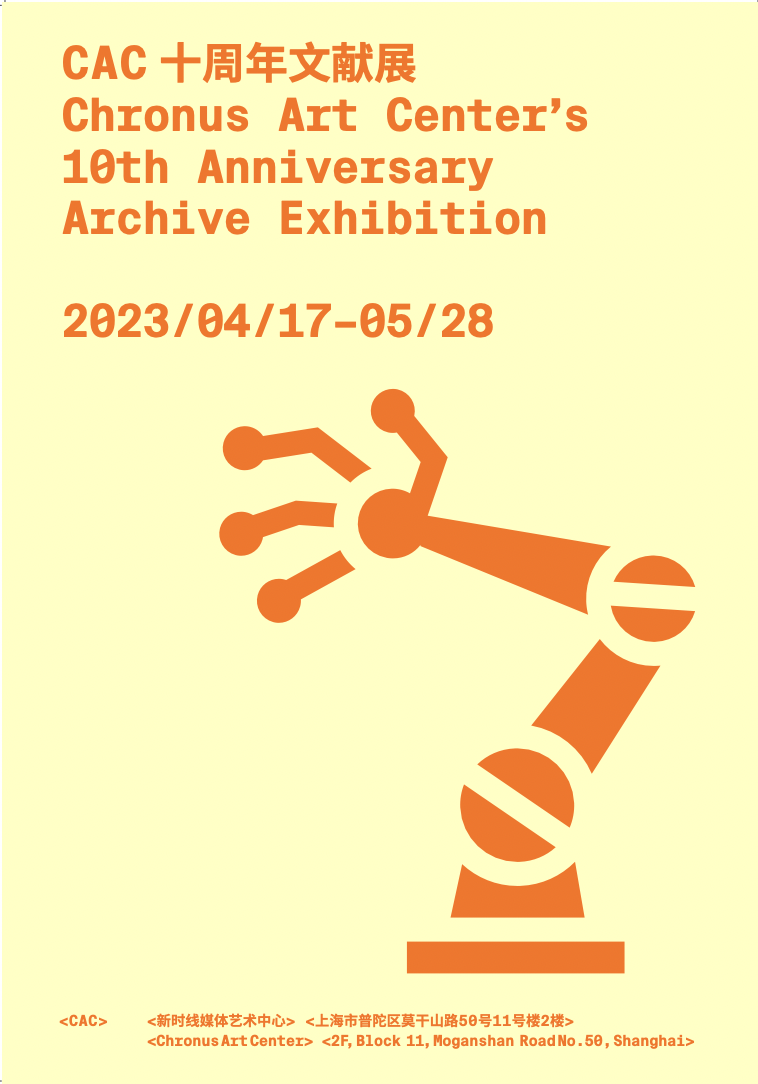
# machines, robotics, machinic assemblages, humanoids, automation, system theory
Media art is first of all an art based on technical devices and is inseparable from equipment and apparatuses. Machines are the medium of creation, as well as the devices for display and presentation. Machines are interdependent and coordinated organs; machines are not only simulated life and vitality, but furthermore bear with themselves distinctive existential logics, psychosomatic attributes and social relationships. As the fundamental feature of media art, this thread explores the themes of machine aesthetics, bodies and machines, systems thinking, cybernetics, algorithms, and machine autonomy in the context of machinic movement.
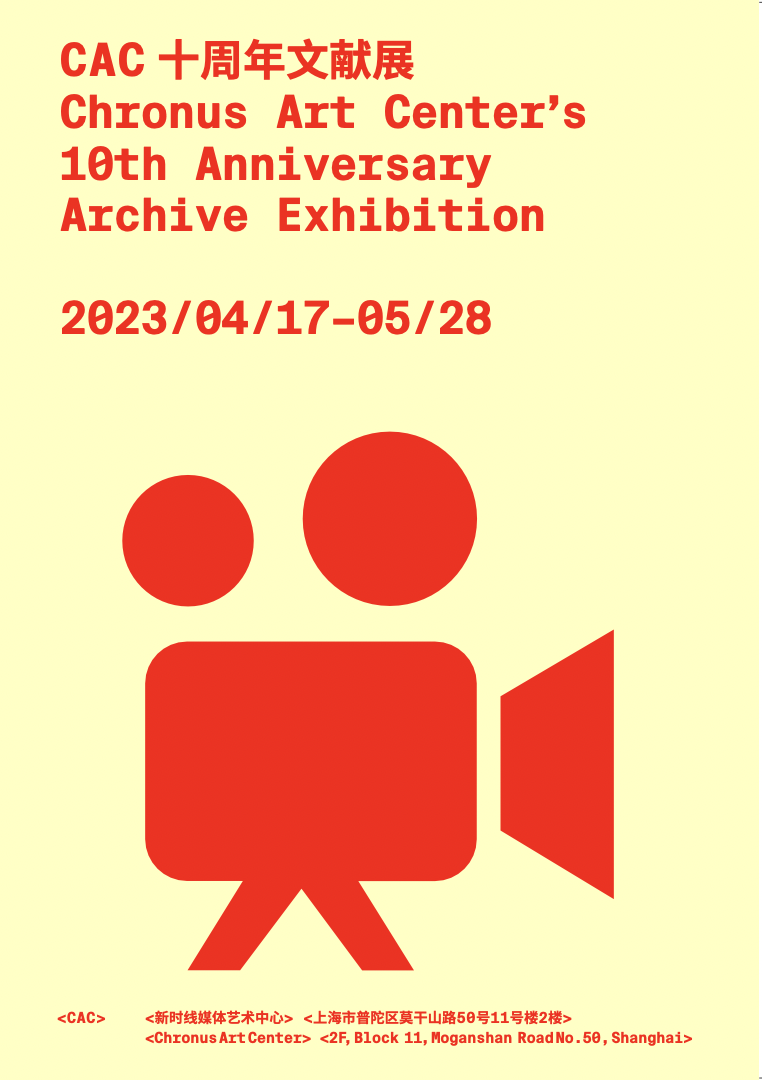
# moving images, VR/AR/XR, hybrid reality, immersion, embodiment, existential technologies
As extensions of machine movement, moving media, cinematography, and moving images take an important step toward the simulation of real life. How does the growing integration between humans and machines manifest itself in art? How would virtual technologies alter the definition of reality, temporality and spatiality? The transmutation of bits and bytes into materiality becomes one of the fundamental investigations of new art forms in the field of mixed and mediated reality through physical computing and VR/AR/XR technologies. The second section presents the aesthetic objects of 'It from Bit,' which examines the ideas of simulation and representation through the hybridization of digital and physical forms. This thread also explores how experiential, non-liner narratives can be created with augmented and virtual technologies, and how our perceived reality is questioned when detached from its own materiality. At the same time ontological questions about the nature of reality and human perception are being scrutinized.
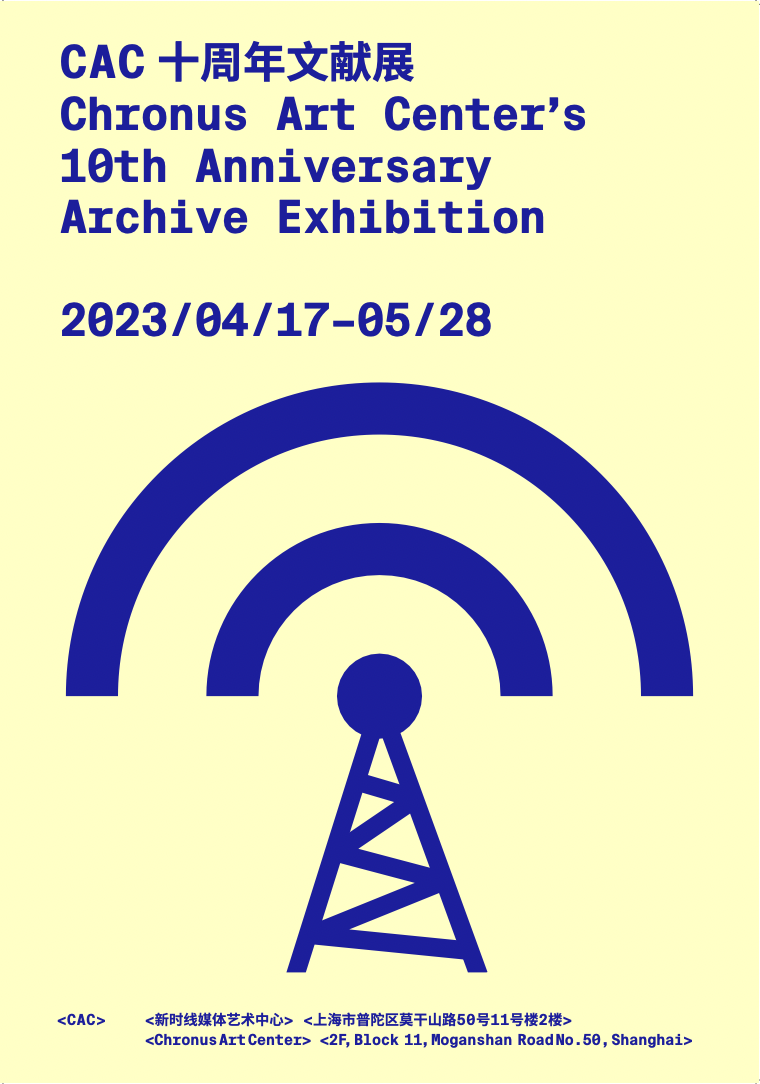
# code, data, net.art, internet, network theory, open source, blockchain
The knowledge production behind making and understanding computer code and critical artistic practices run in parallel in this section. This thread explores how computer code changes the way we think, behave, and perceive reality, as well as how digital computation and networks penetrate deeply into human life, society, geopolitical patterns, financial systems, labour conditions, infrastructure, and the environment. By interrogating the front-and-end interfaces, and the diverse types of digital networking infrastructures underling them, the research and practices in the section unravel hidden dependencies of complex technological systems, reflecting on the formation and pioneering spirit of the early Internet culture, as well as the dark matter and noise that rampage in the digital world.
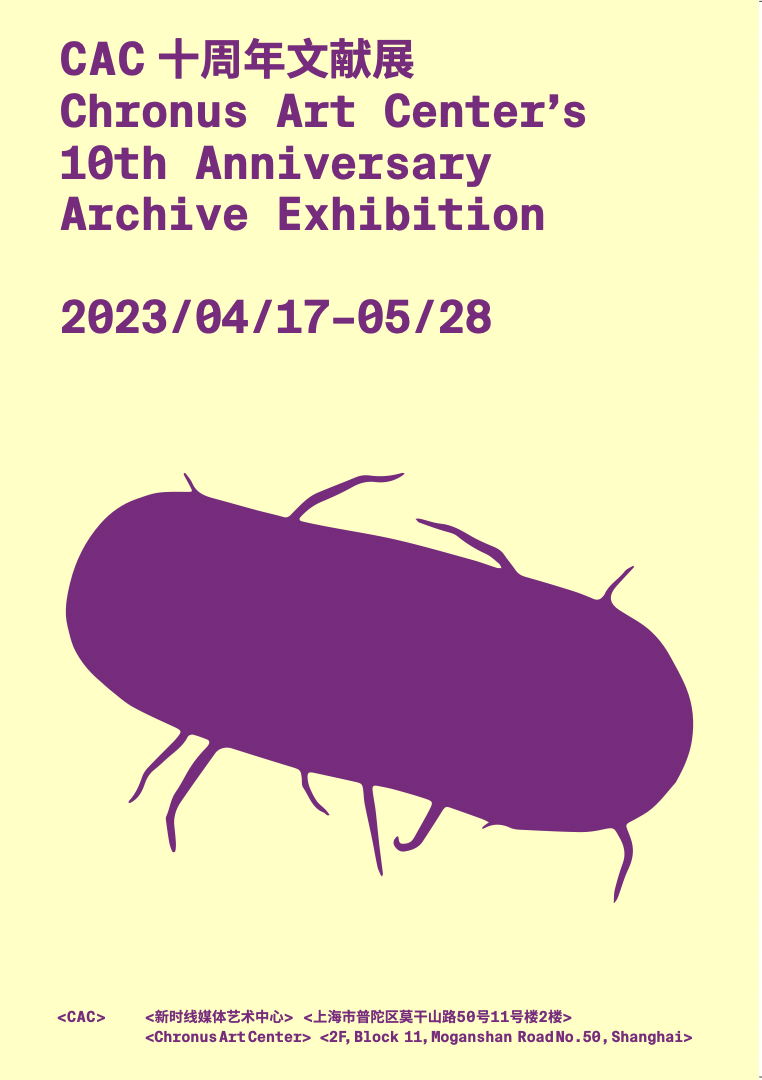
# bioart, biopolitics, microbiopoliticss, biological process, kinship, bioengineering
By presenting the artistic use of life science and biomedical technologies, the practices within this thread highlight philosophical and ethical considerations stemming from new technological approaches to life. This thread creates encounters between various life forms, dissecting phenomenology of the living and the growing into the precarious zones of the uncanny, the borderline between the animated and the subliminal.

# algorithms, artificial intelligence, agentiality, emergence, symbiosis, biomedia
How do imagination and sovereignty manifest the new reality constructed by the materiality of bits and bytes and the algorithmic power of the digital? How can one imagine an AI freed from an assumed intelligence based on a human measure, as well as seeing machine intelligence as an agentic entity of another order, capable of subjectivity other than that of humans? This thread explores intelligence, self-organization, autopoiesis, autonomy, and biophilic properties as expressed by inorganic matters, non-human entities, electronics, algorithms, codes, and biological agents. In this process, we will rethink the definition of intelligence, life, and existence, seeking the potentials of all beings co-mingling and co-existing in symbiosis, bearing witness to the emergence of each cohabitant's unique selfhood.
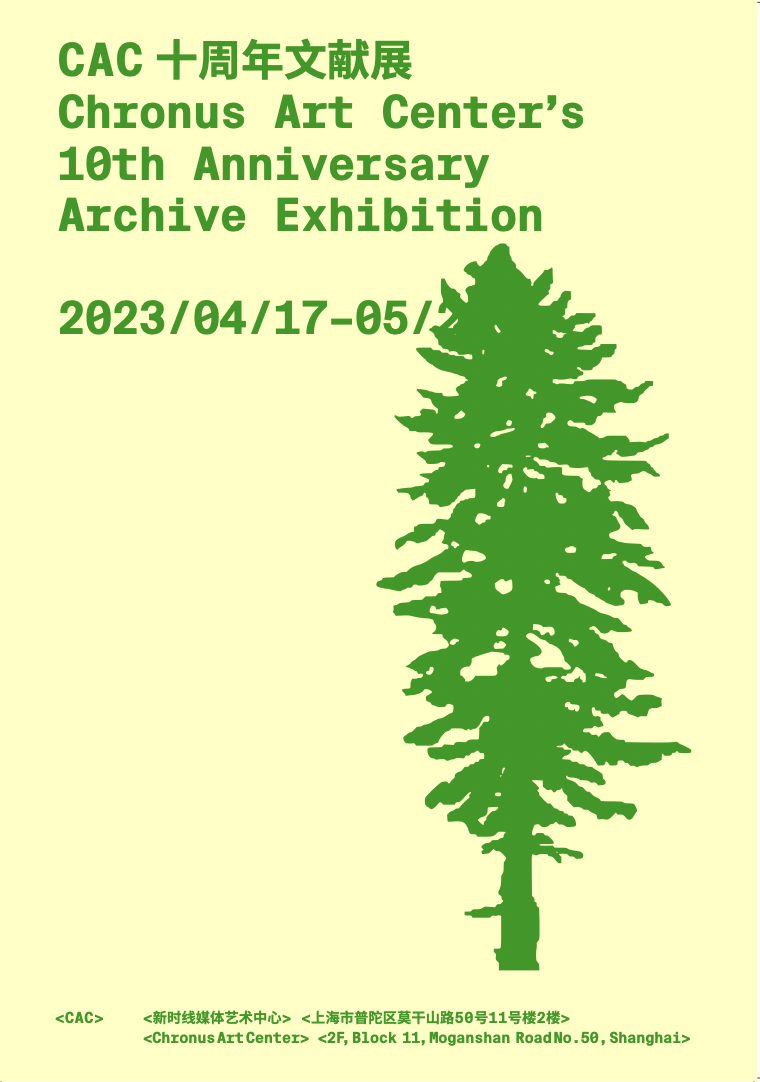
# umwelt, energy, machinic ecology, anthropocene, more-than-human, climate engineering, cosmopolitics
CAC's research and practices span the broad spectrum of New Materialism as seen in Thing Theory, Flat Ontology, and posthuman studies, among others, that link beings of many kinds, environments of many stratifications, landscapes and artefacts of many orders, in an ever more complex entanglement, at scales that range from the microbial through to the planetary, manifesting the various approaches to the understanding of multiple subjectivities in a posthuman context. How can the concept of materiality, temporality, embodiment, and nature be reilluminated and expanded? What is the response to the porosity, complexity, transversality, and aesthetics in a techno-logically engendered posthuman society deeply troubled by a condition of representational crisis and an environmental exigency? The projects presented in this thread dive into the question of how the posthuman can become the condition for art making that elicits a new paradigm shift of cultural imagination in the twenty-first century.
On the occasion of its tenth anniversary, CAC invites visitors to partake in this retrospective, which also serves as a new start for CAC to continue its mission by implementing a multi-nodal, networked exhibition and research model.


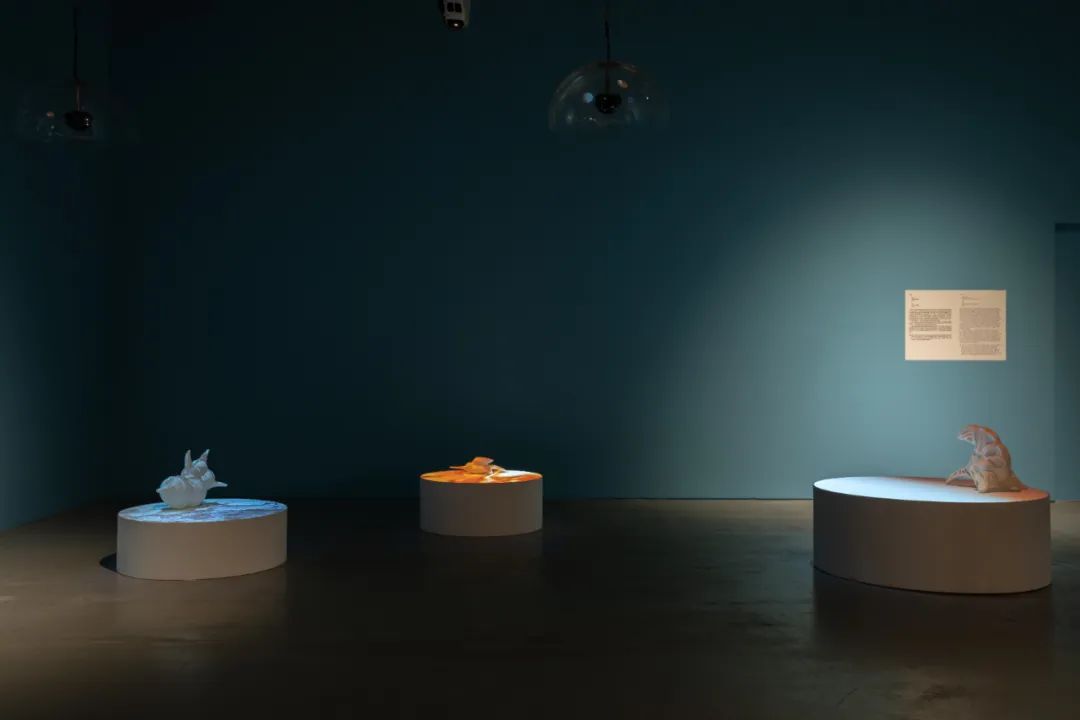
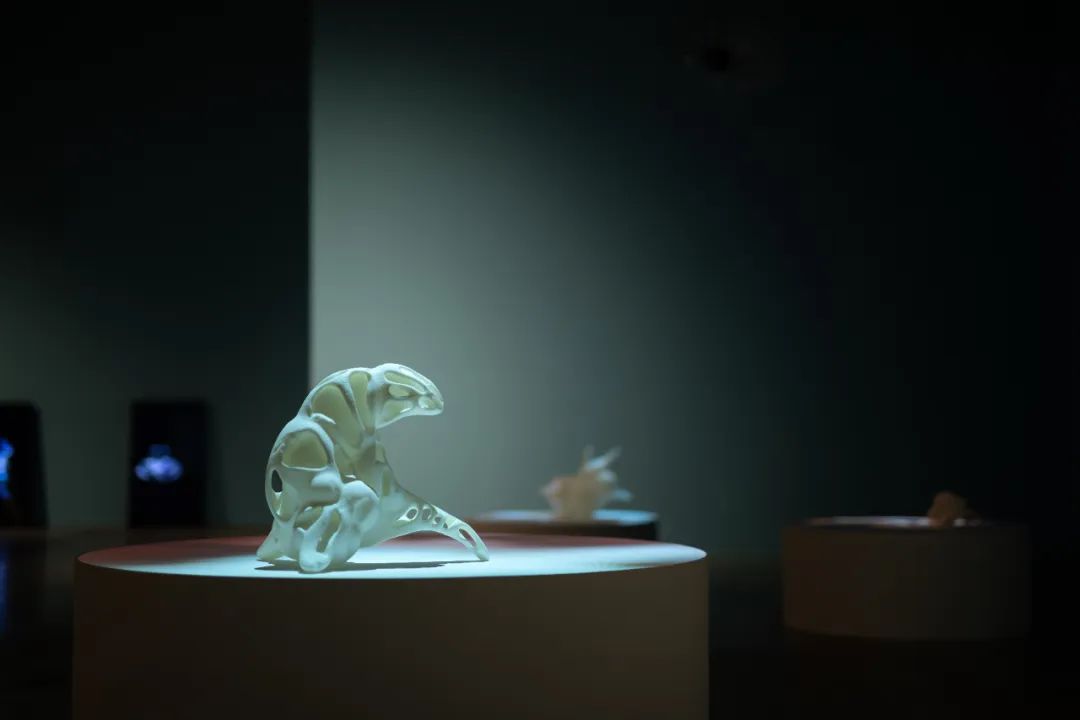
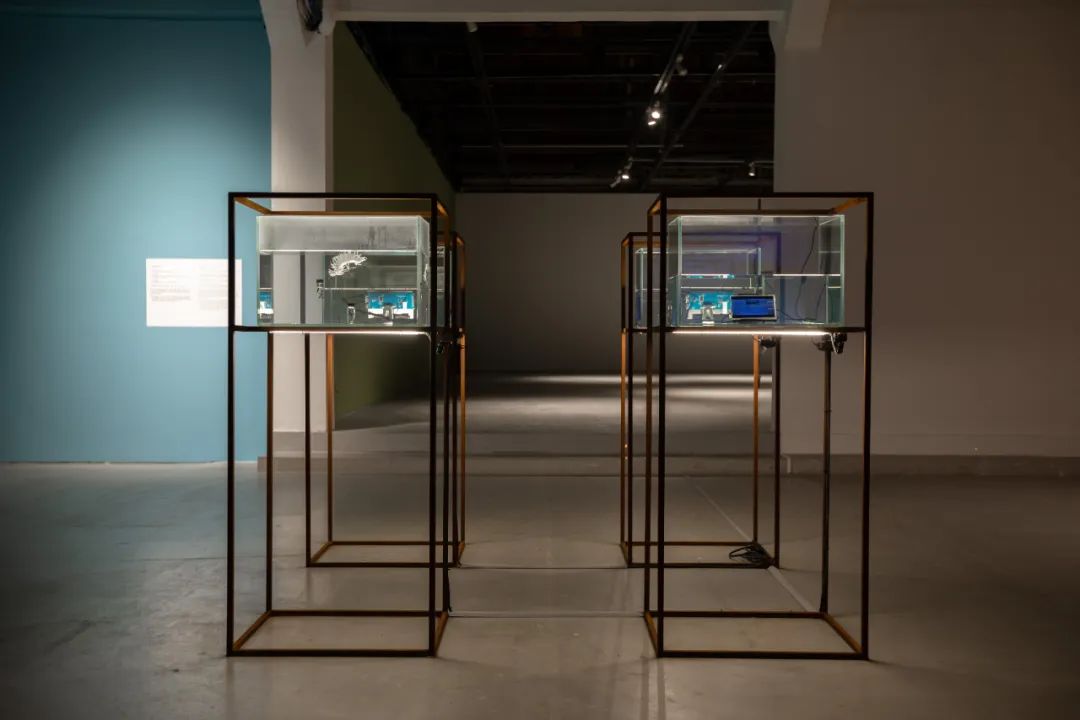
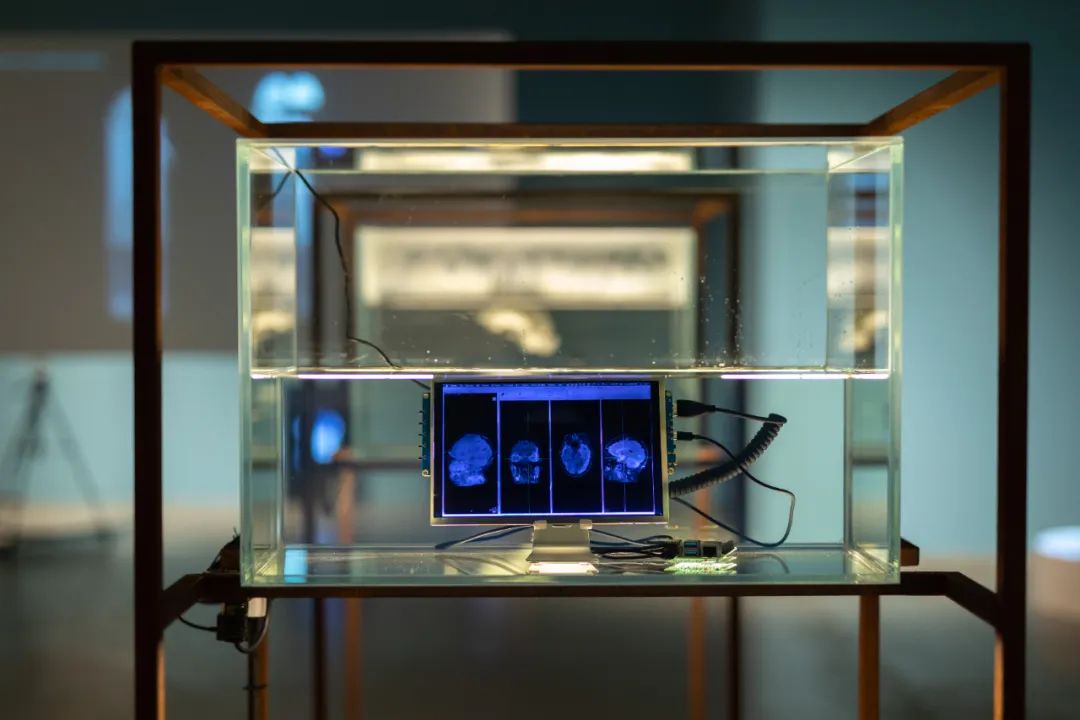
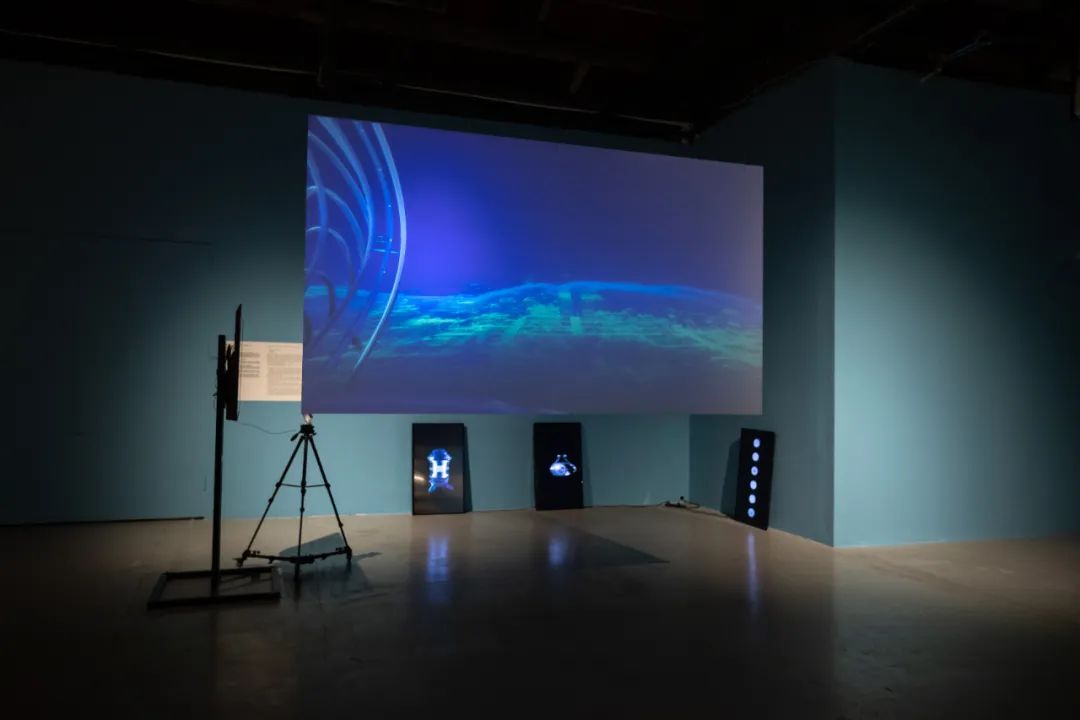



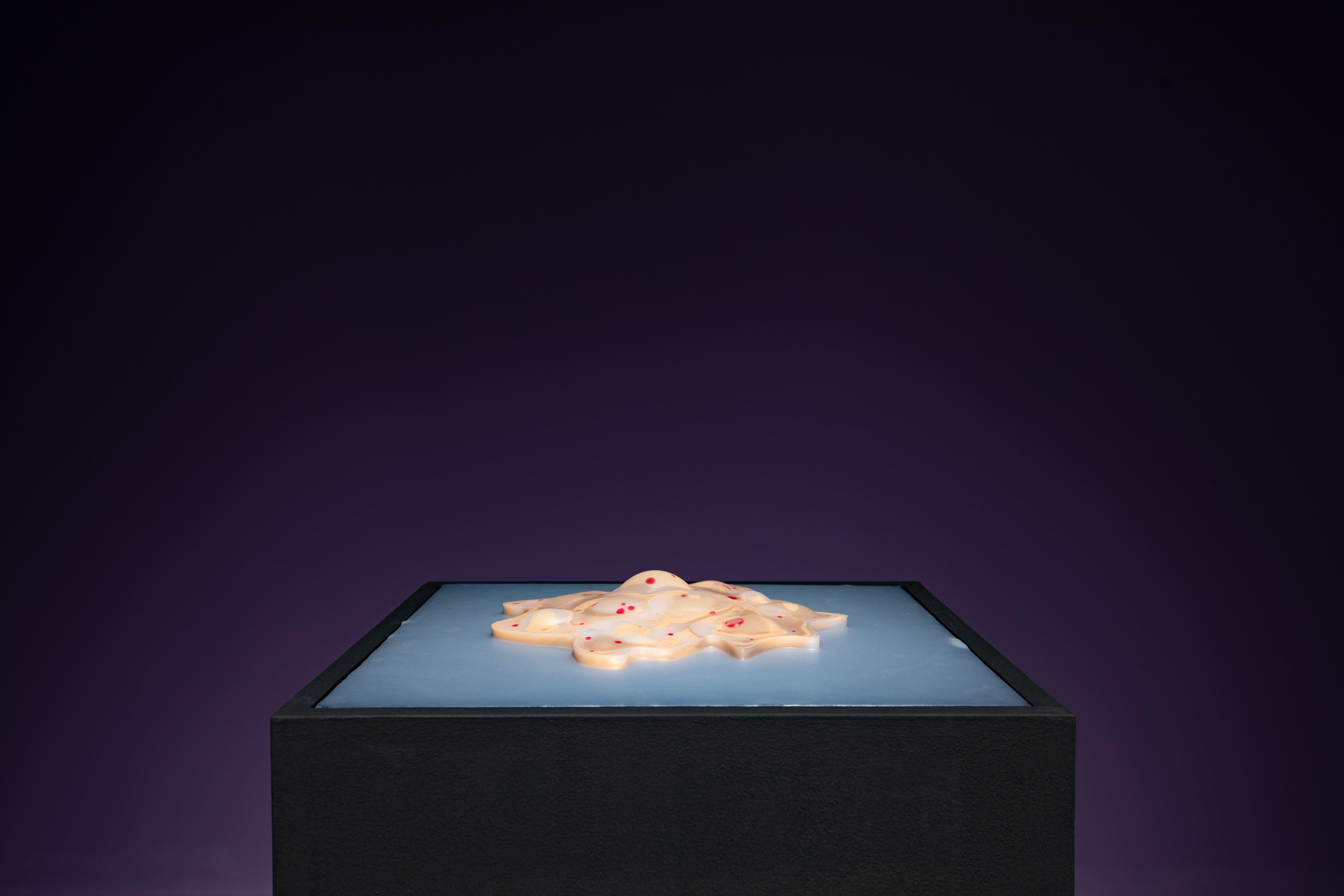
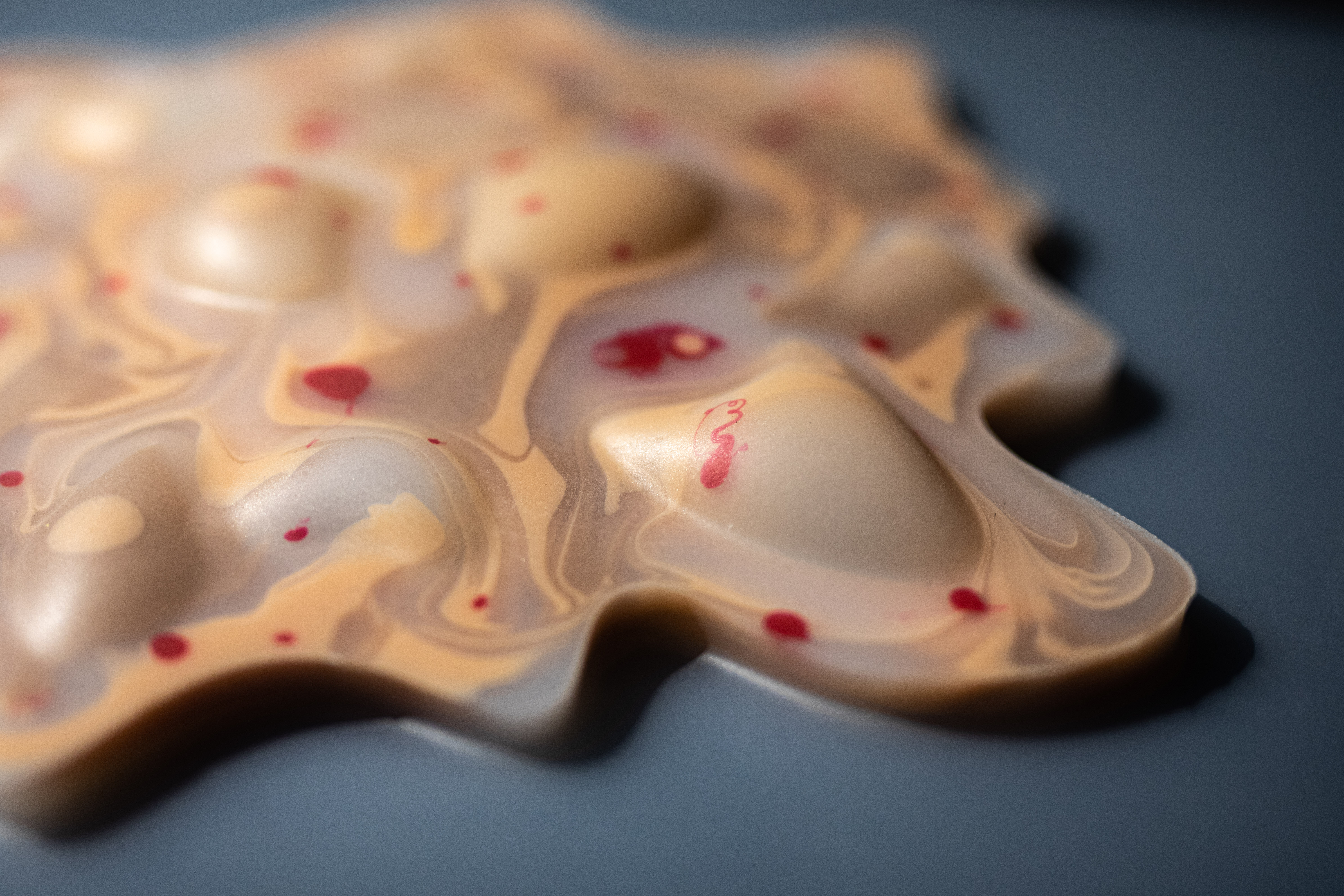


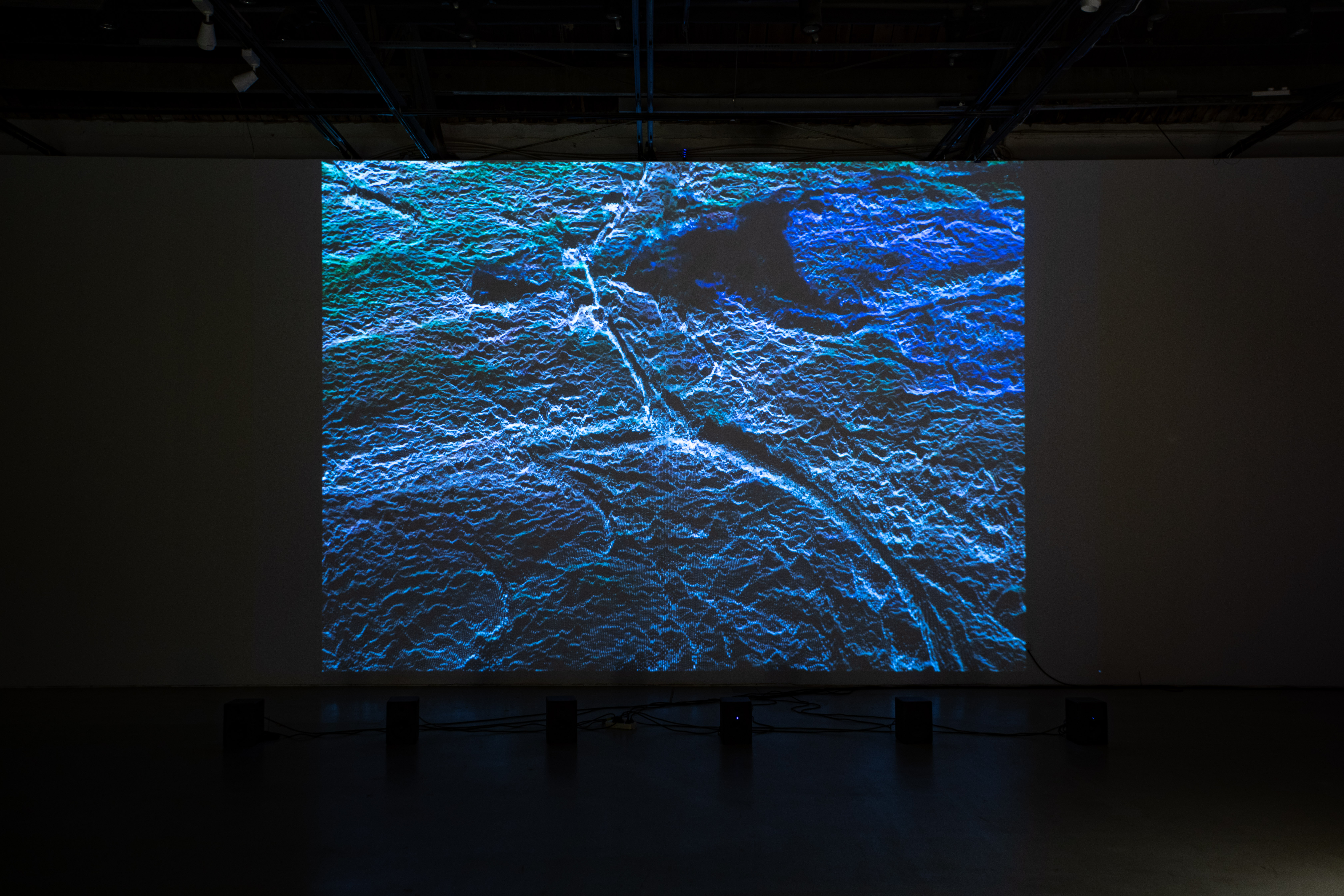

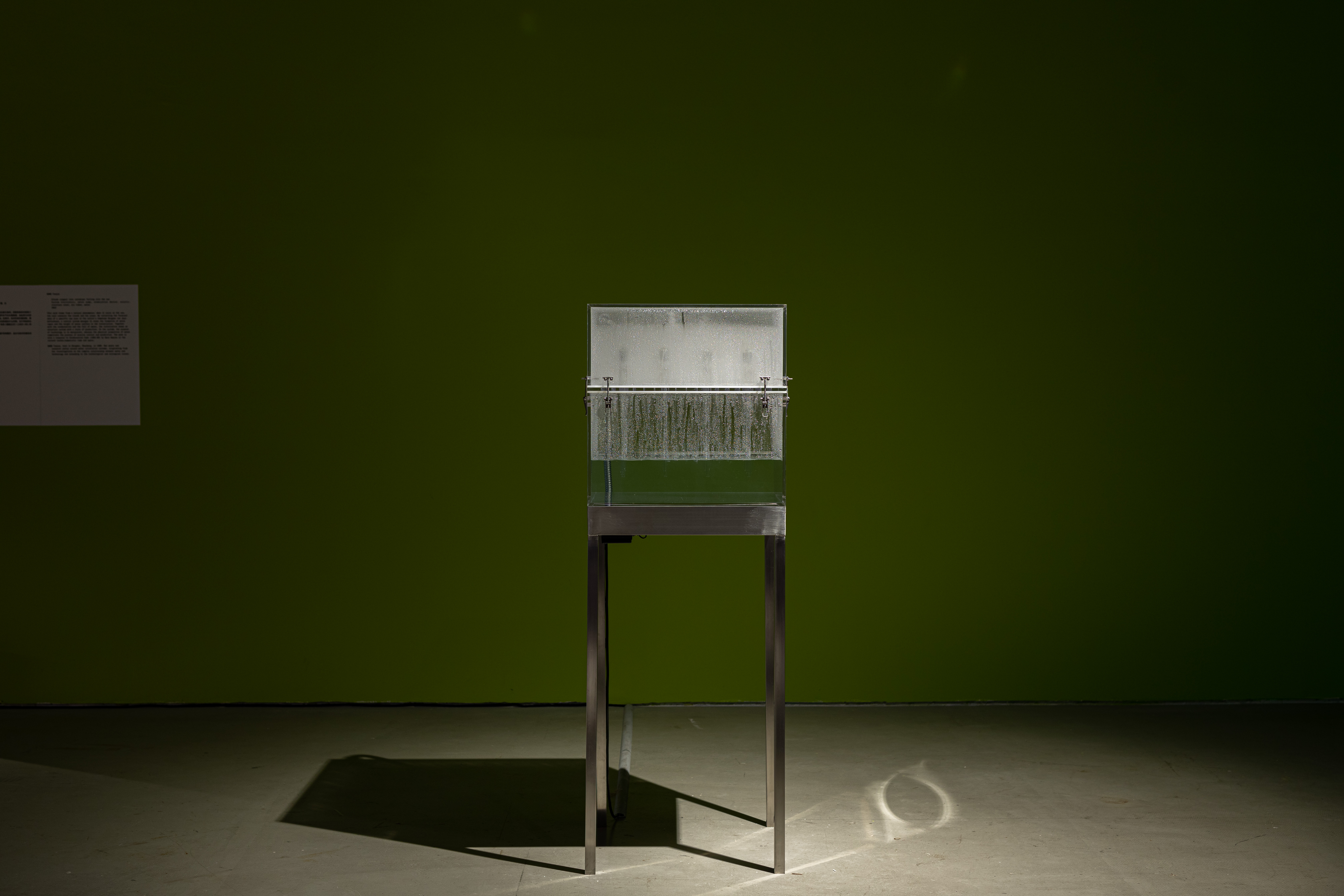


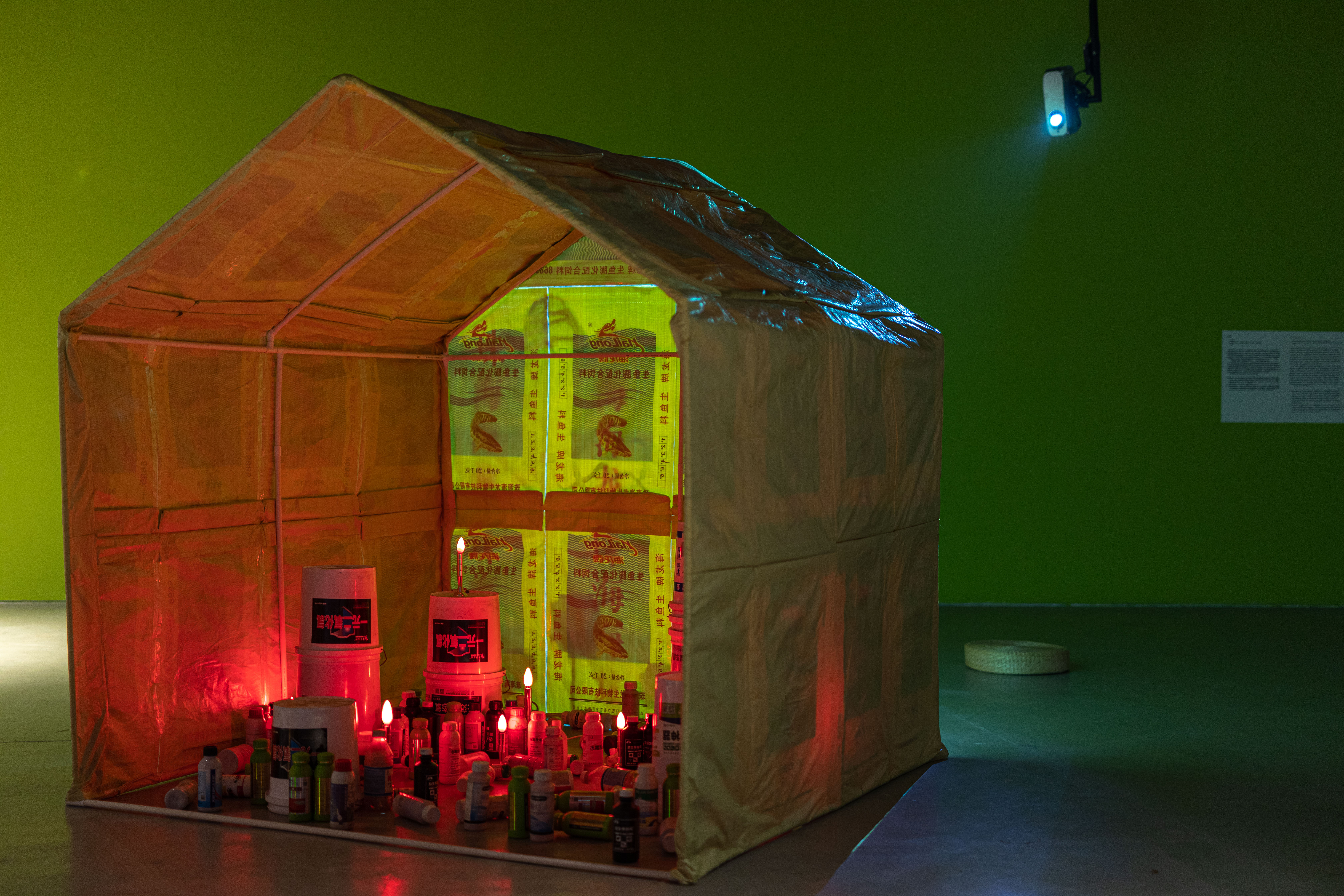

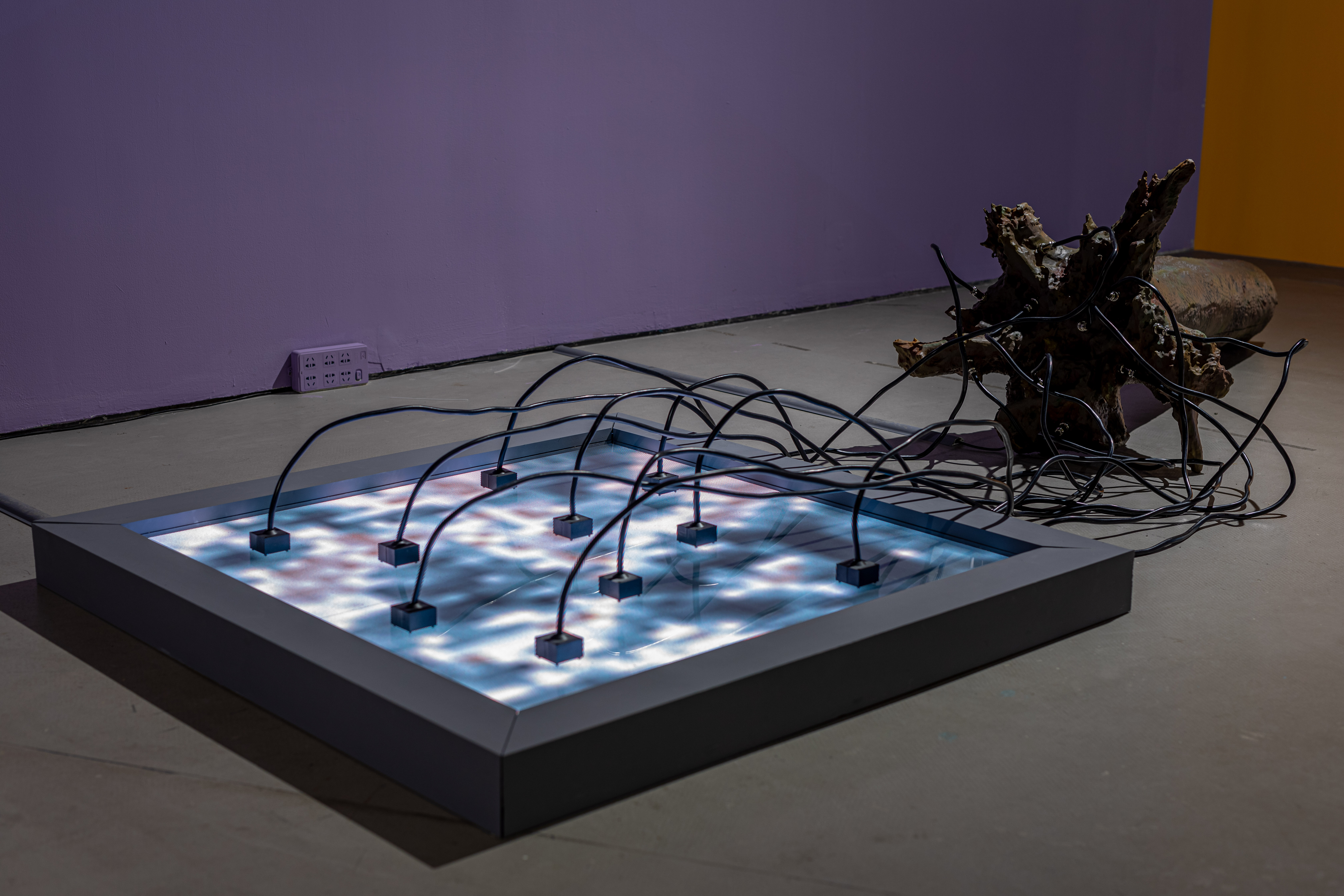
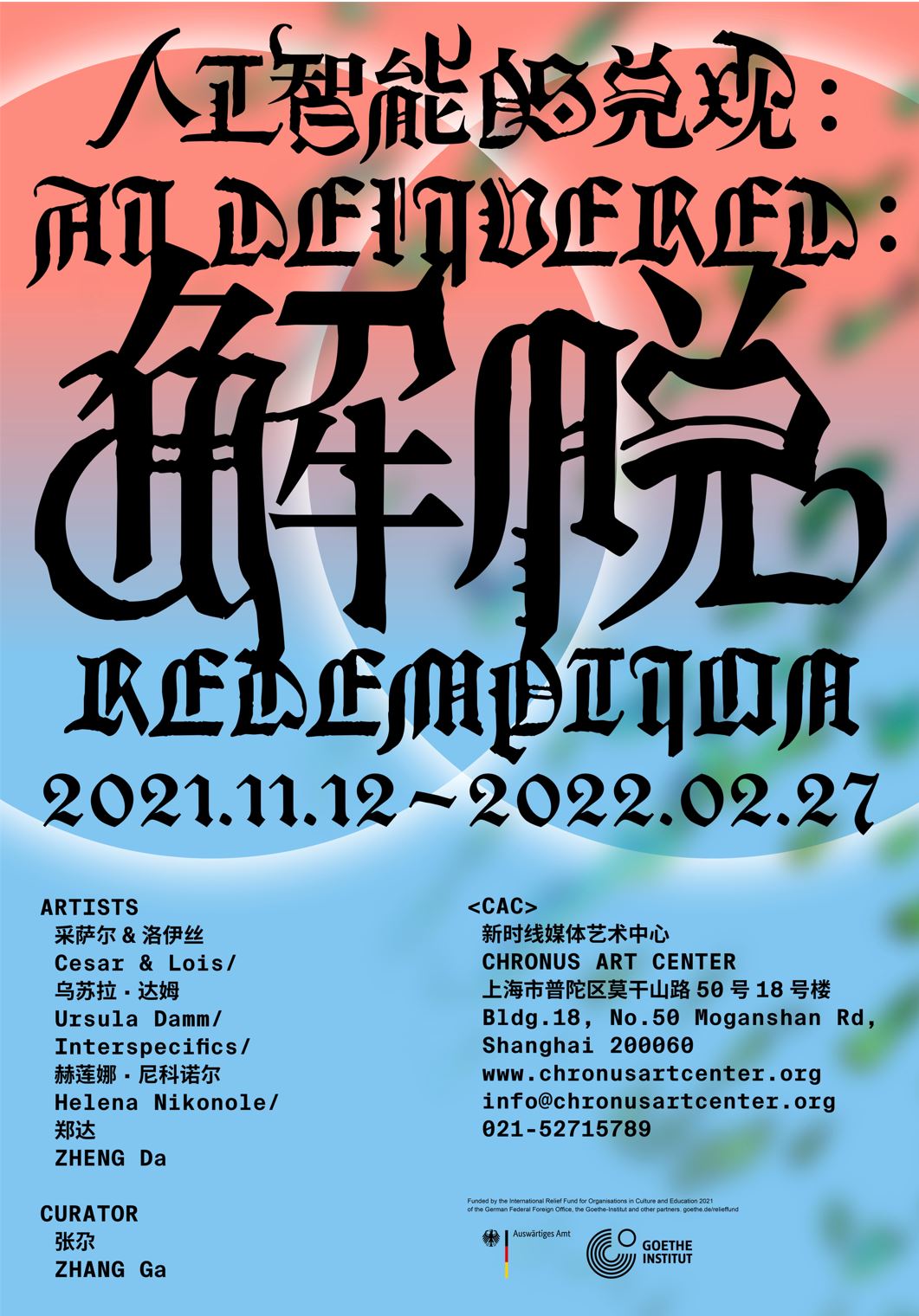

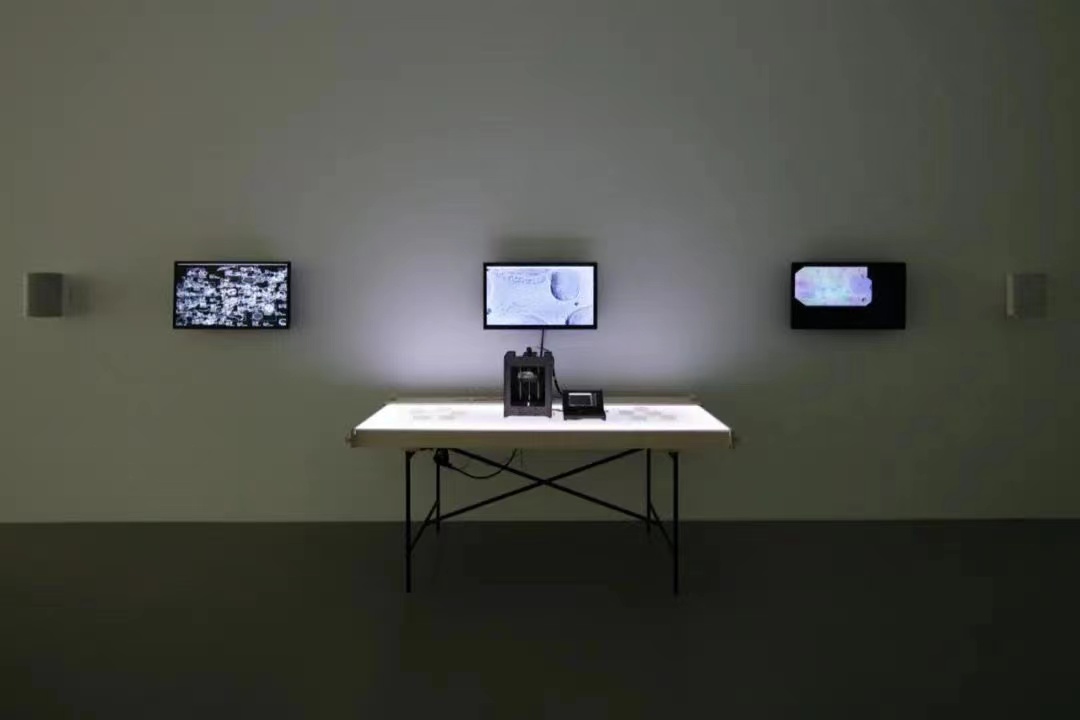

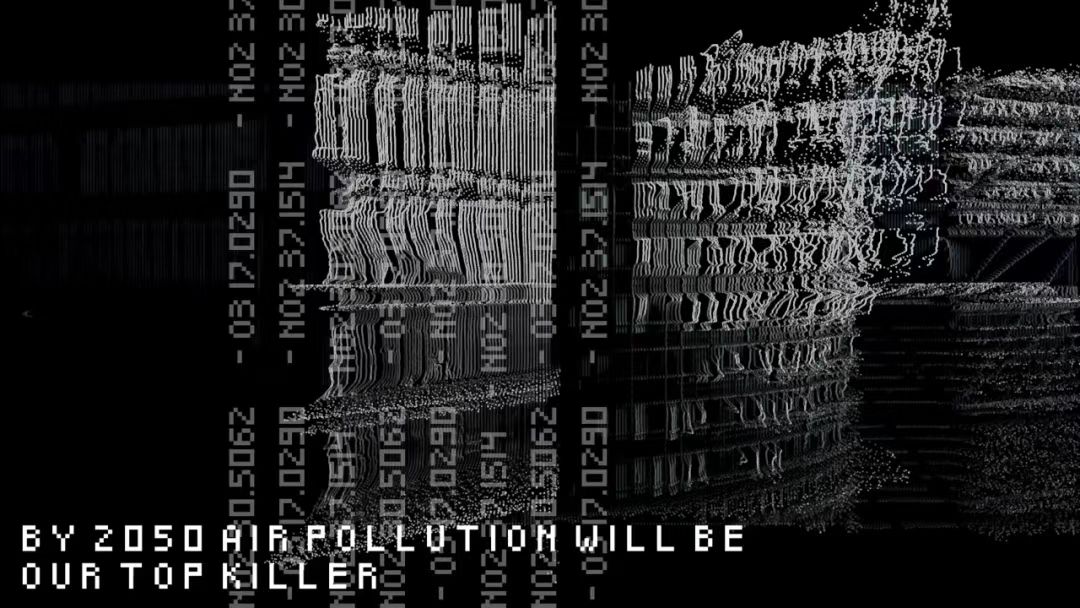
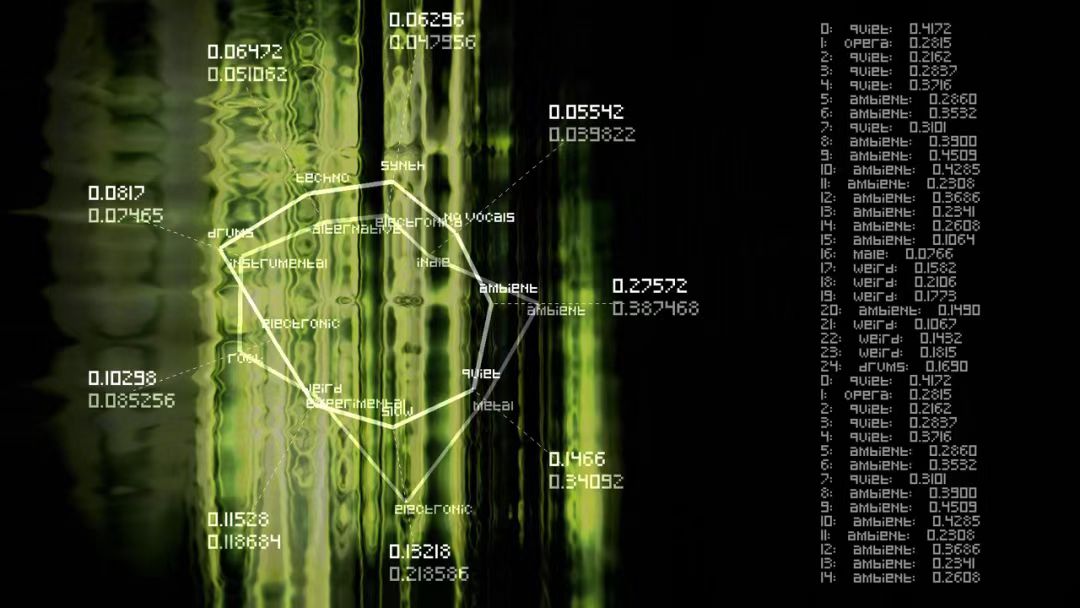
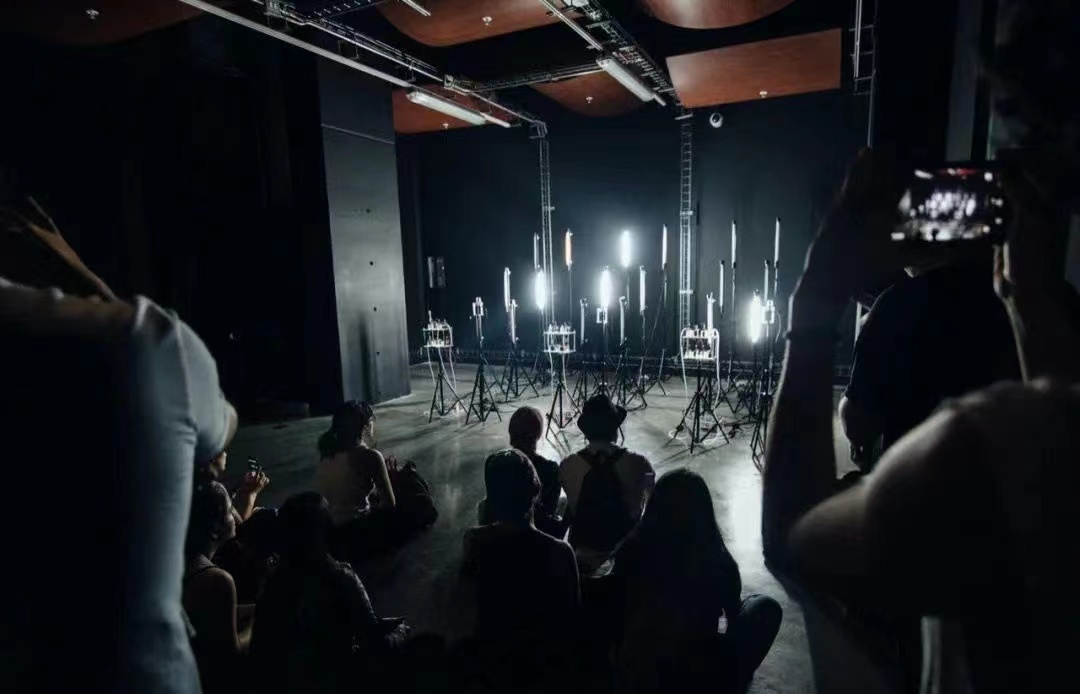
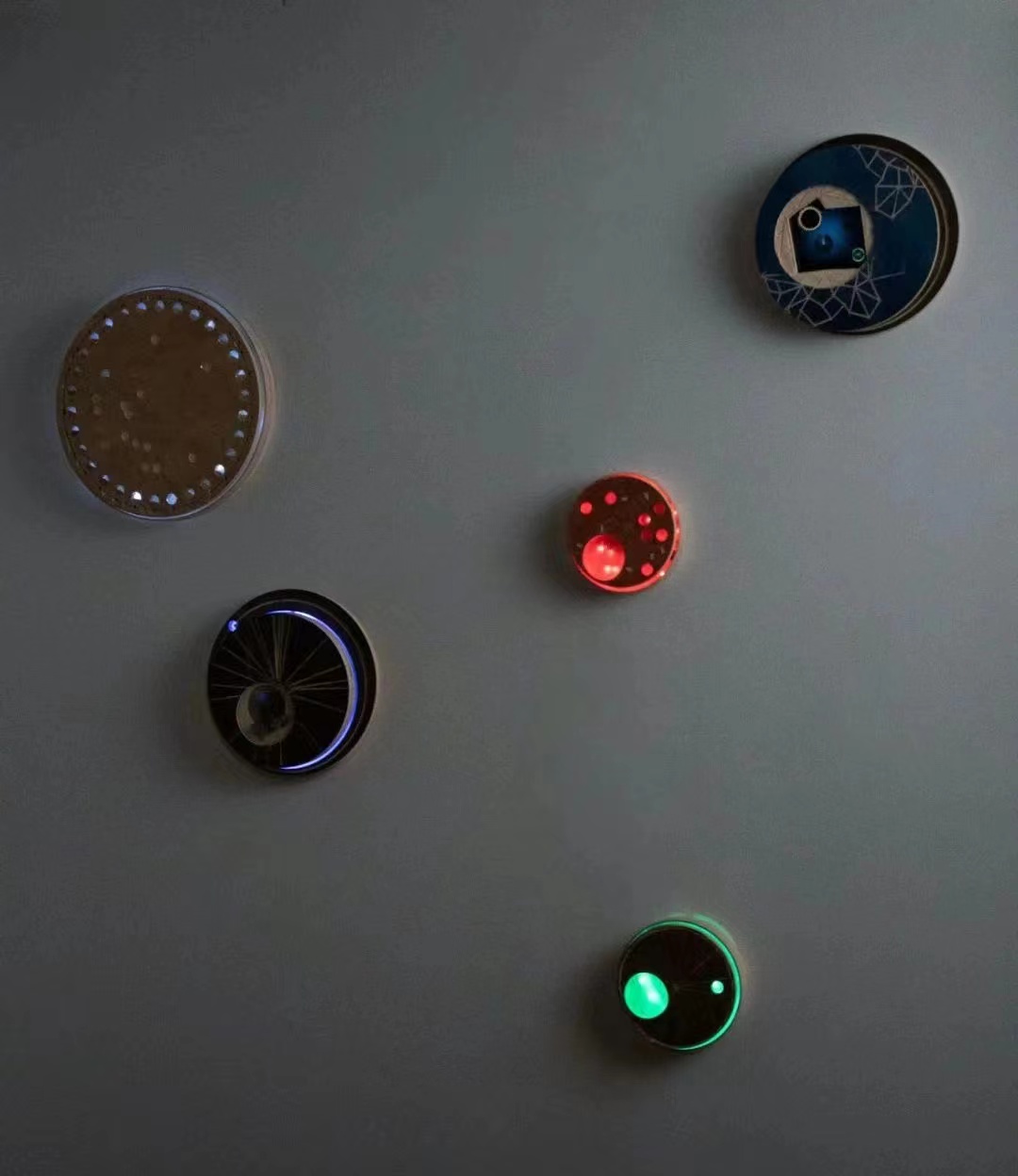
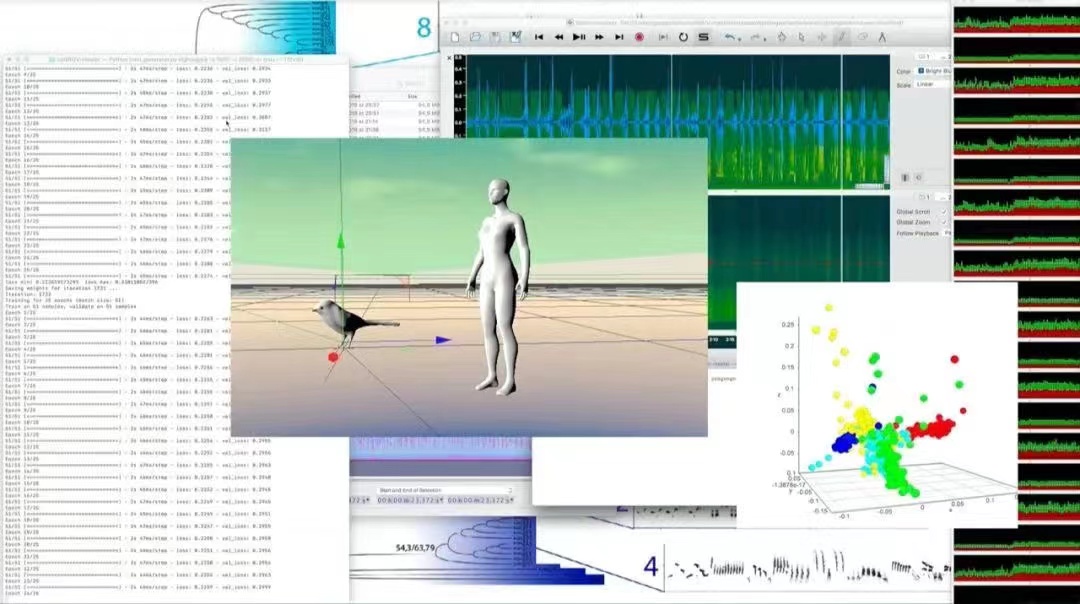

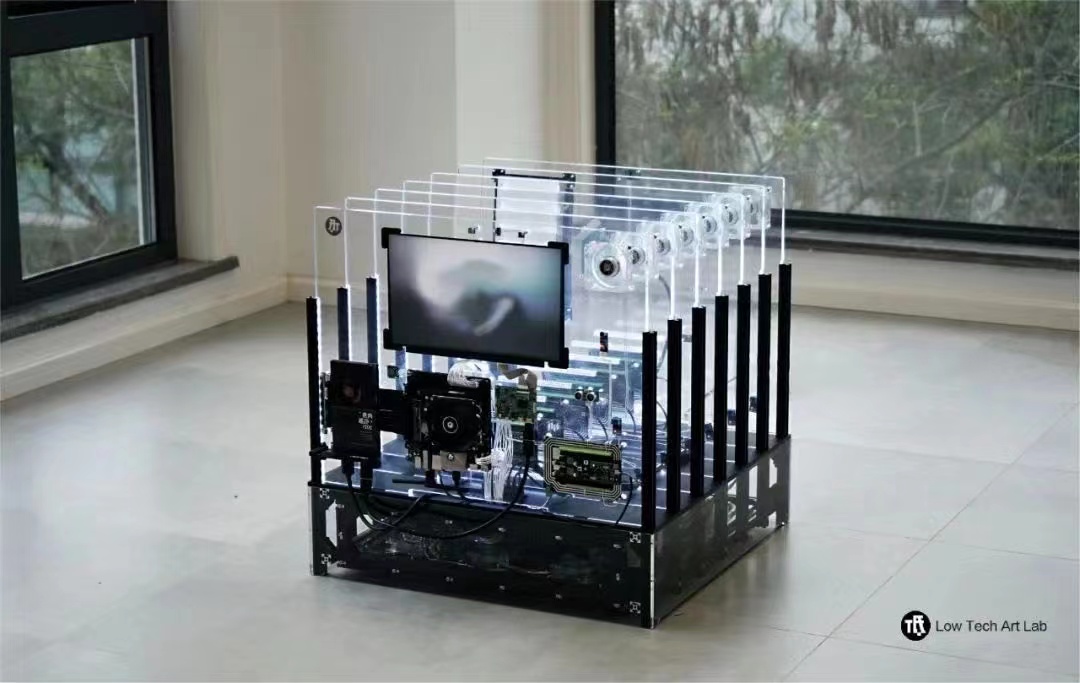

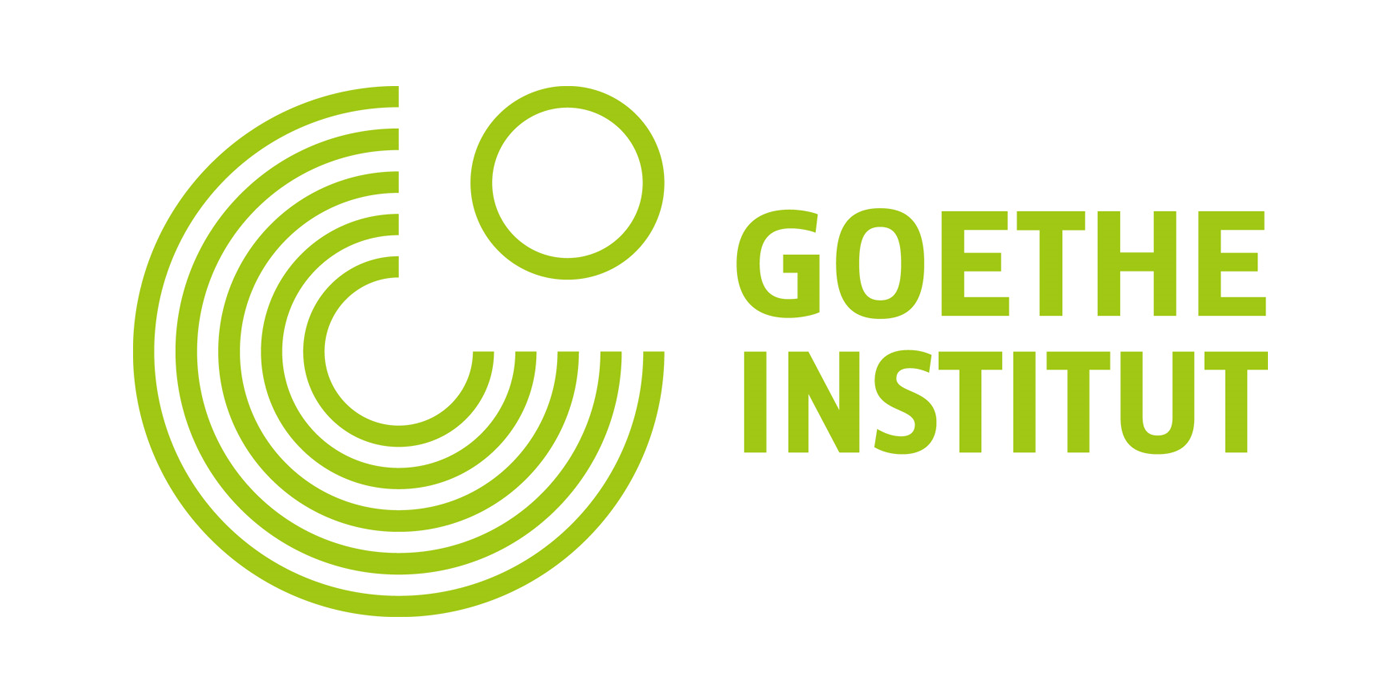



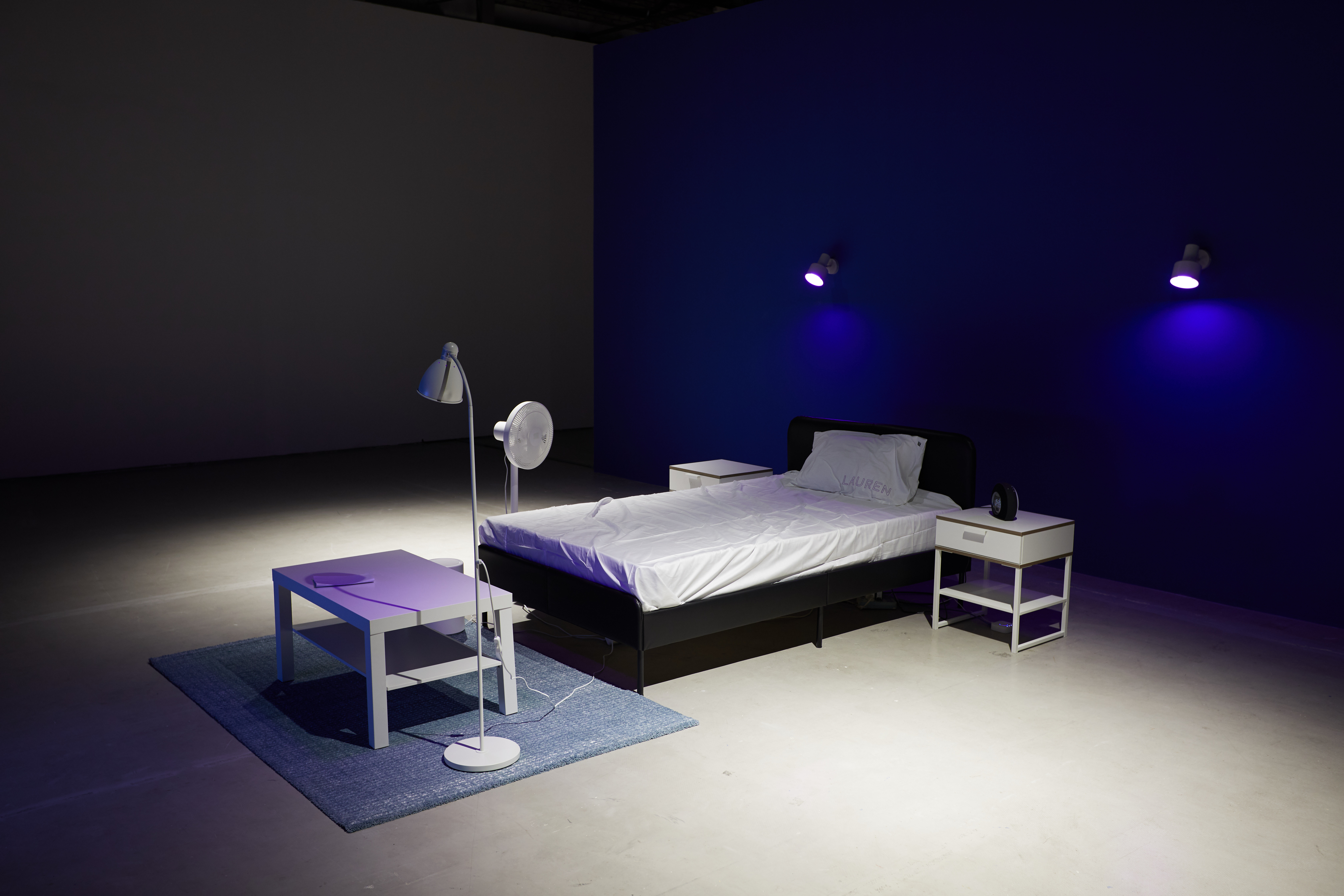



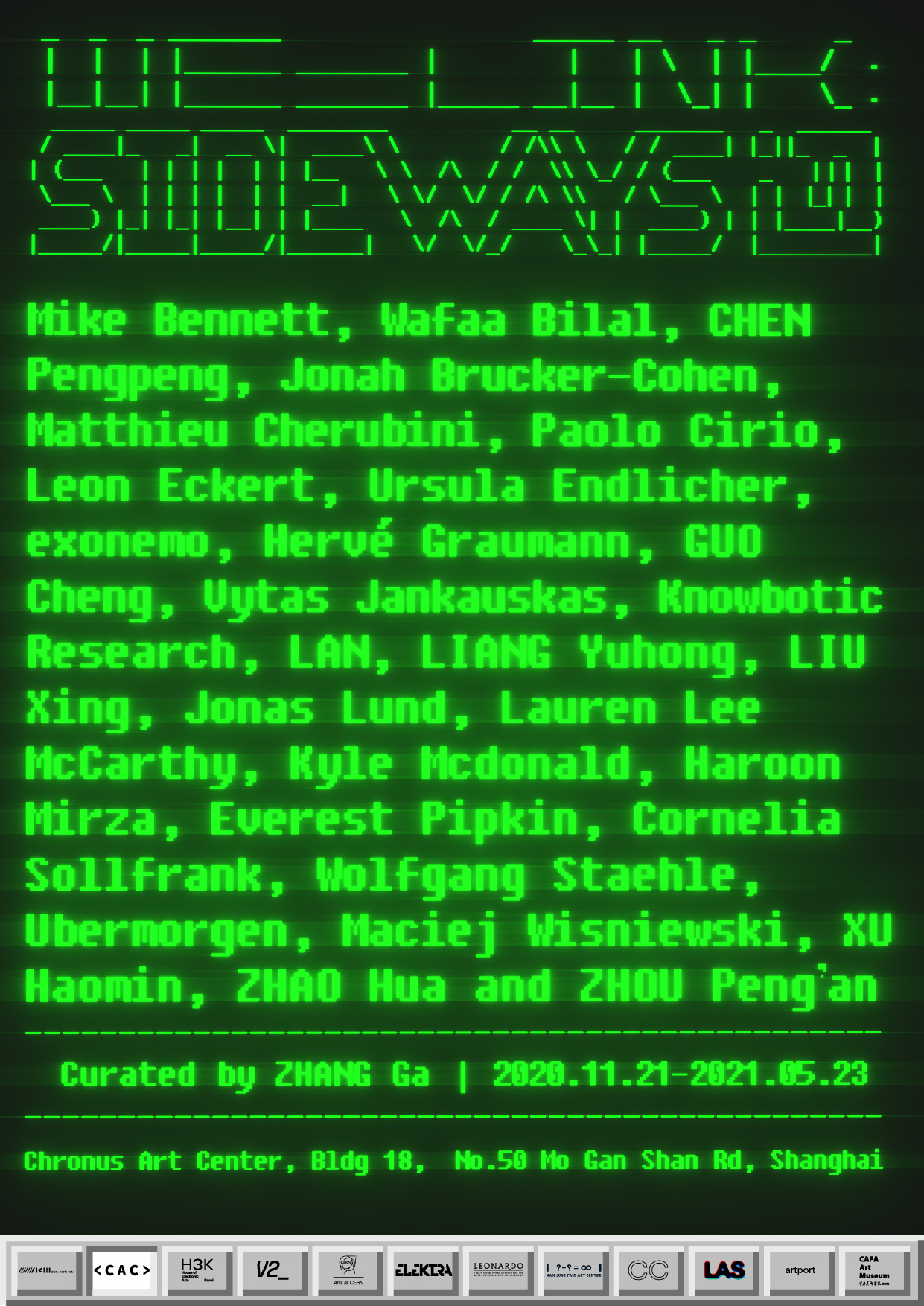
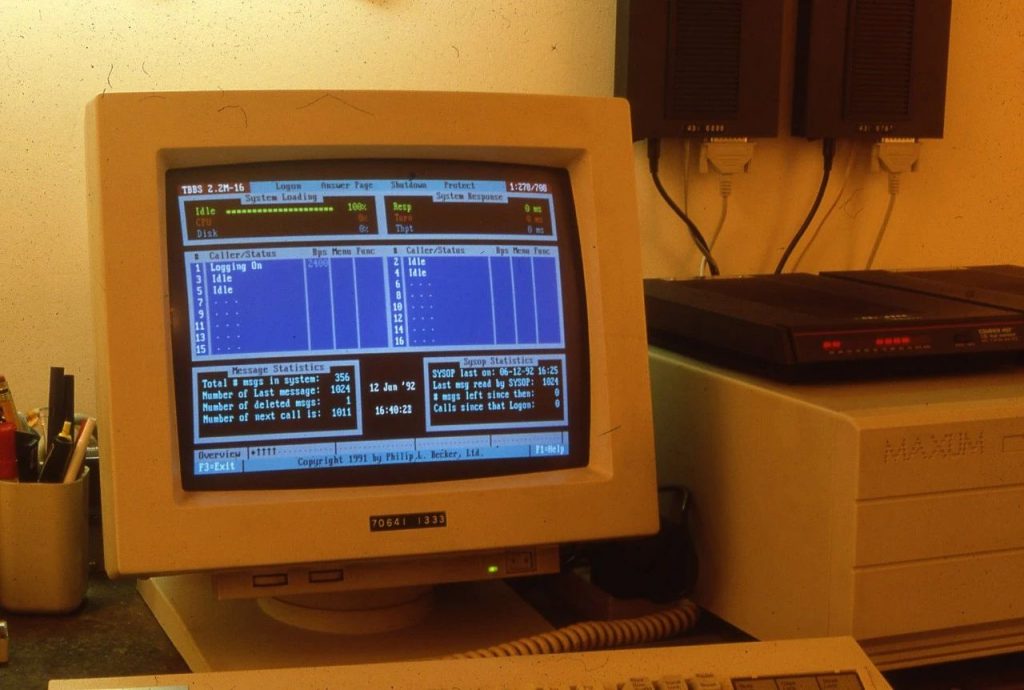
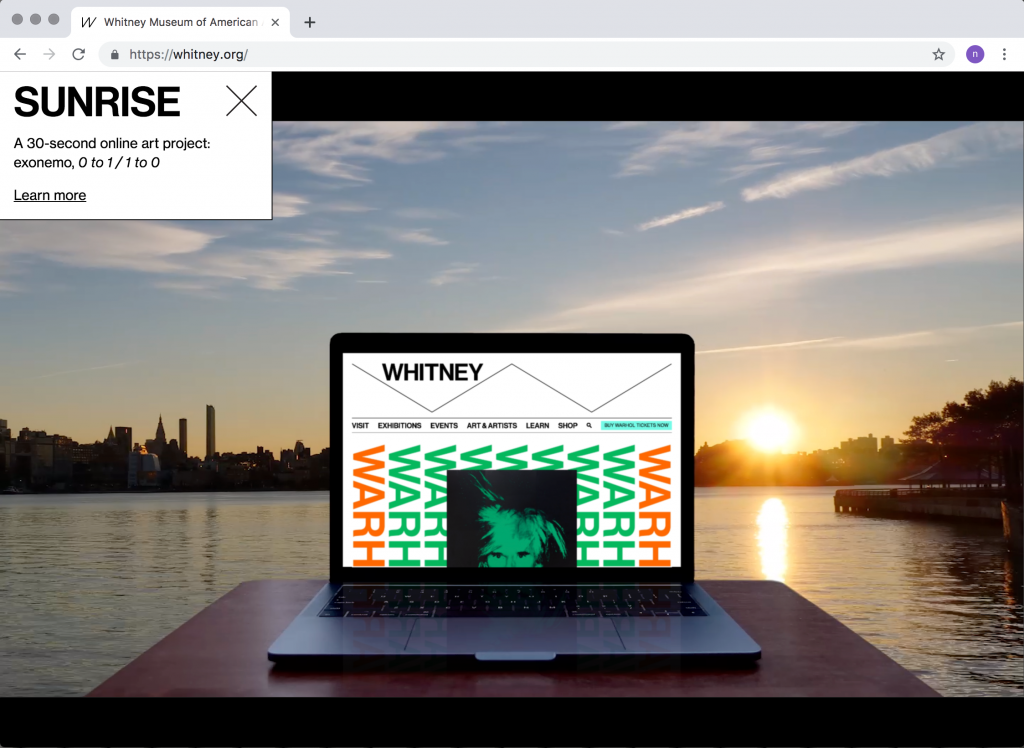 exonemo, 0 to 1 / 1 to 0, artport of The Whitney Museum of American Art
exonemo, 0 to 1 / 1 to 0, artport of The Whitney Museum of American Art ZHOU Pengan, People's Computing
ZHOU Pengan, People's Computing

